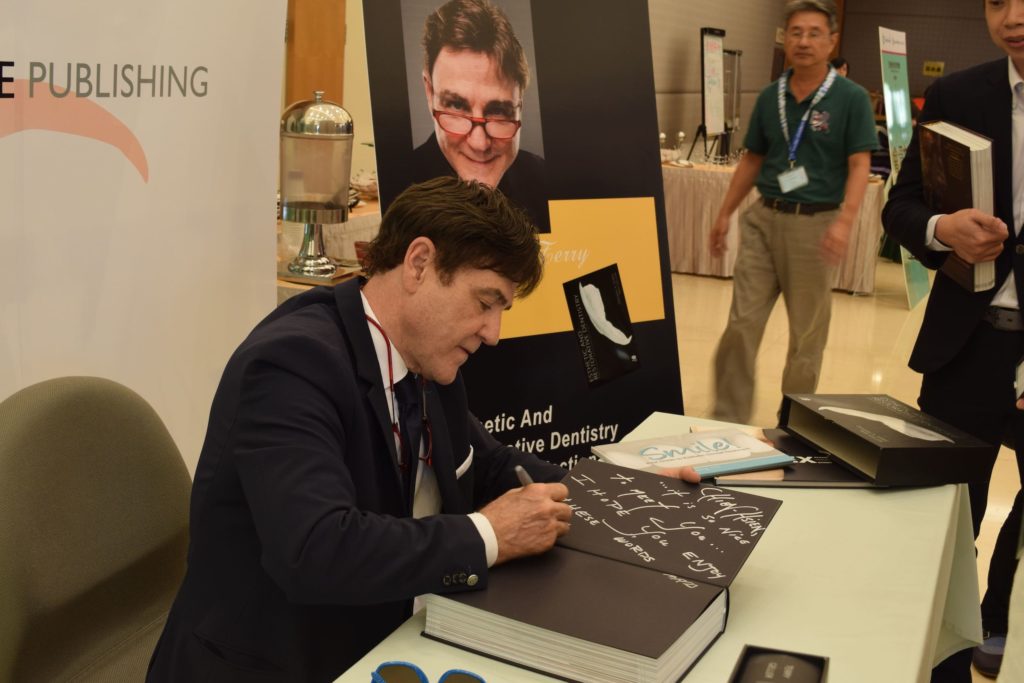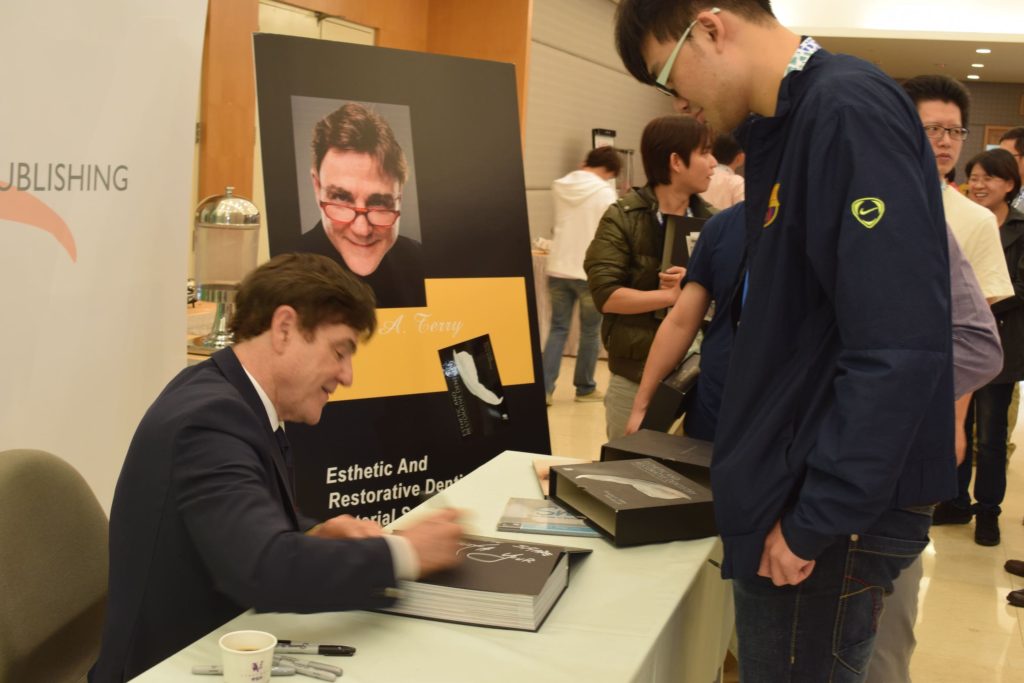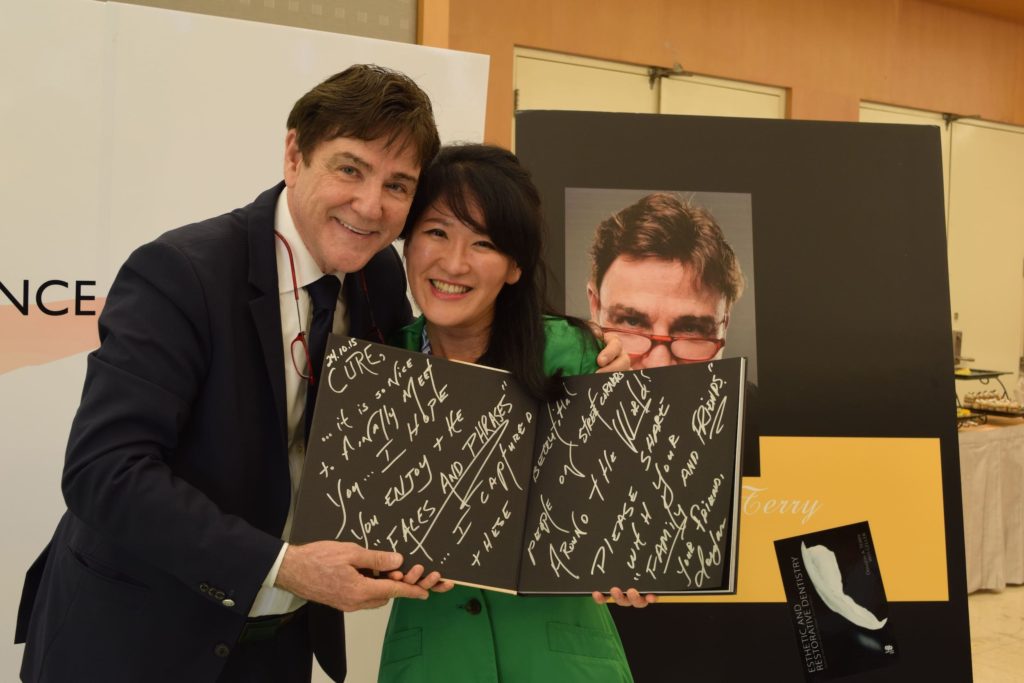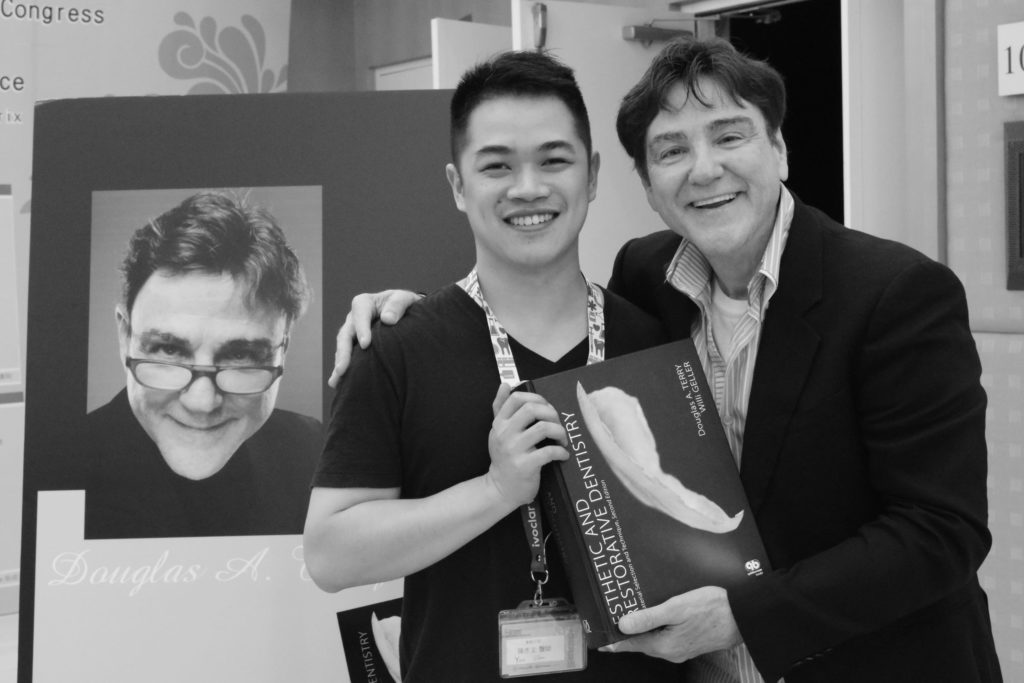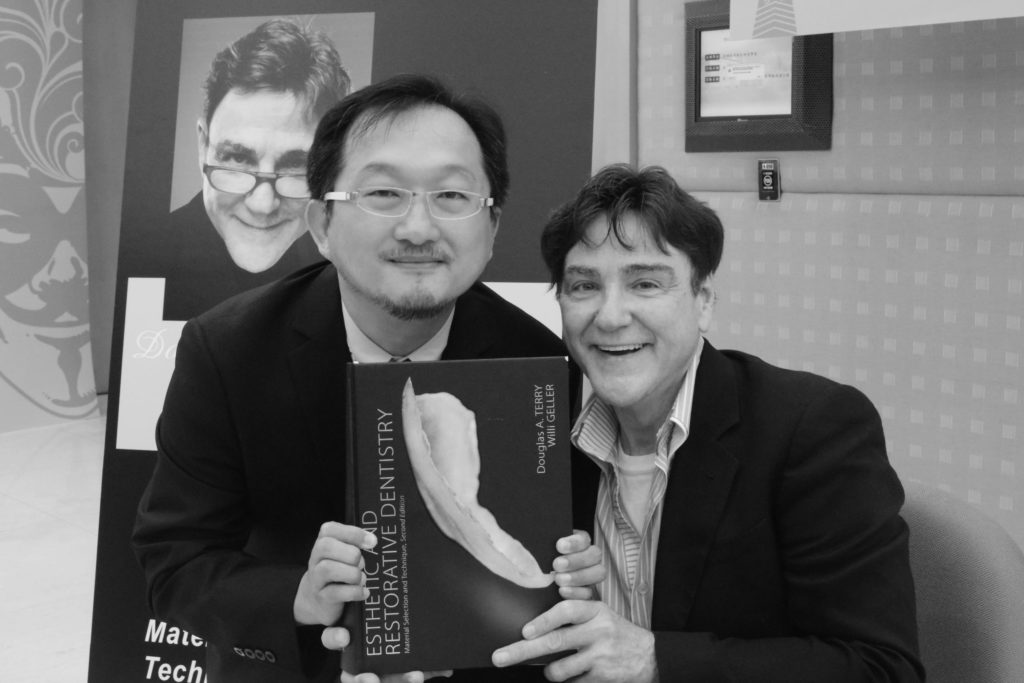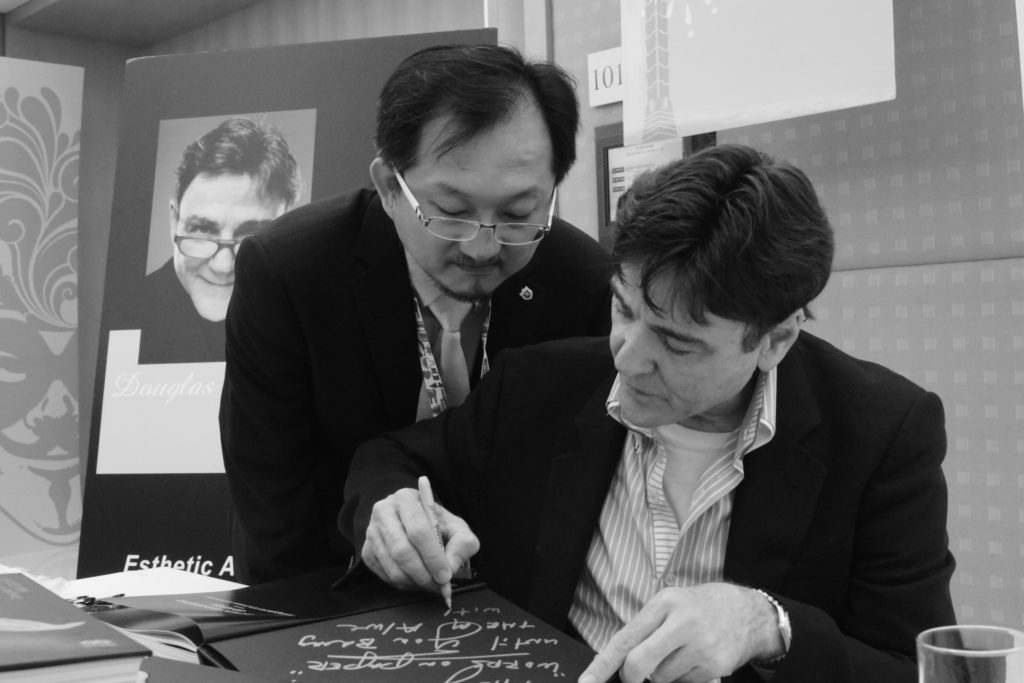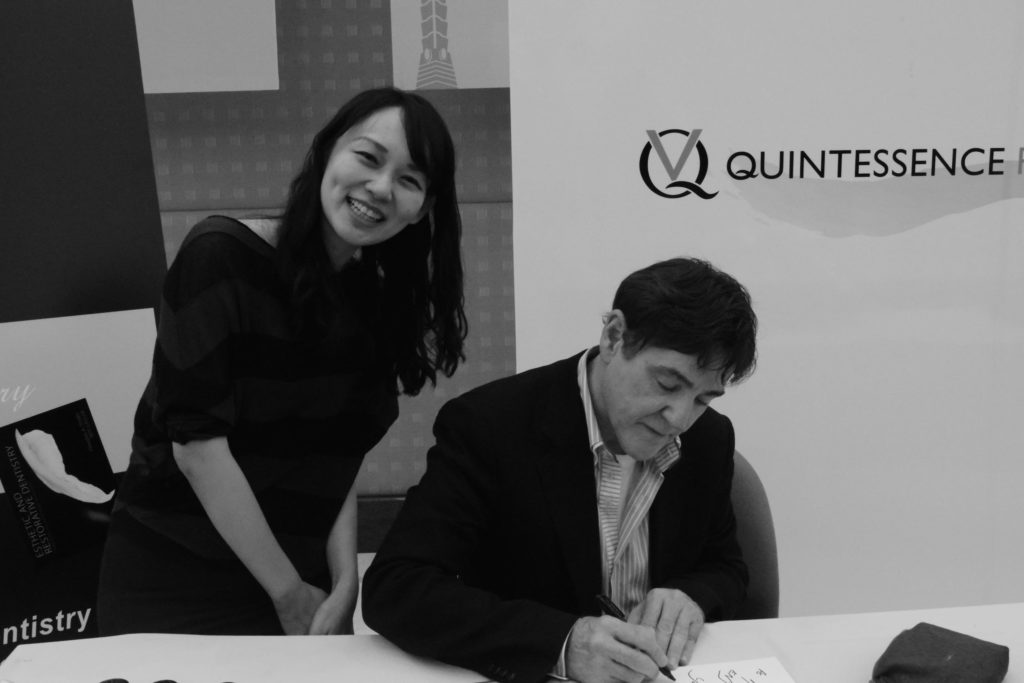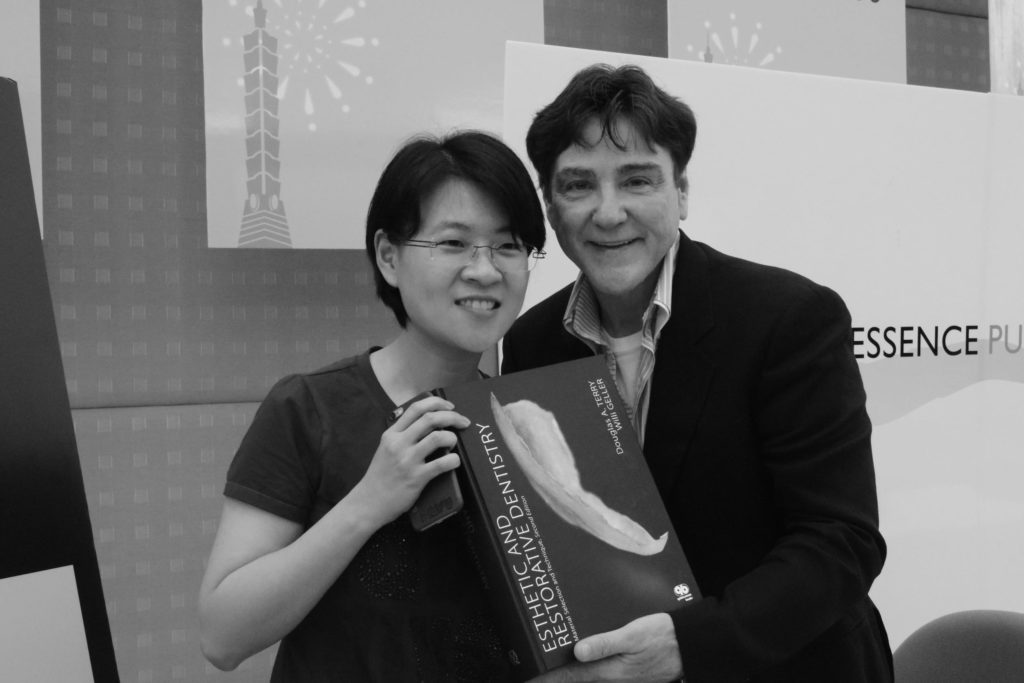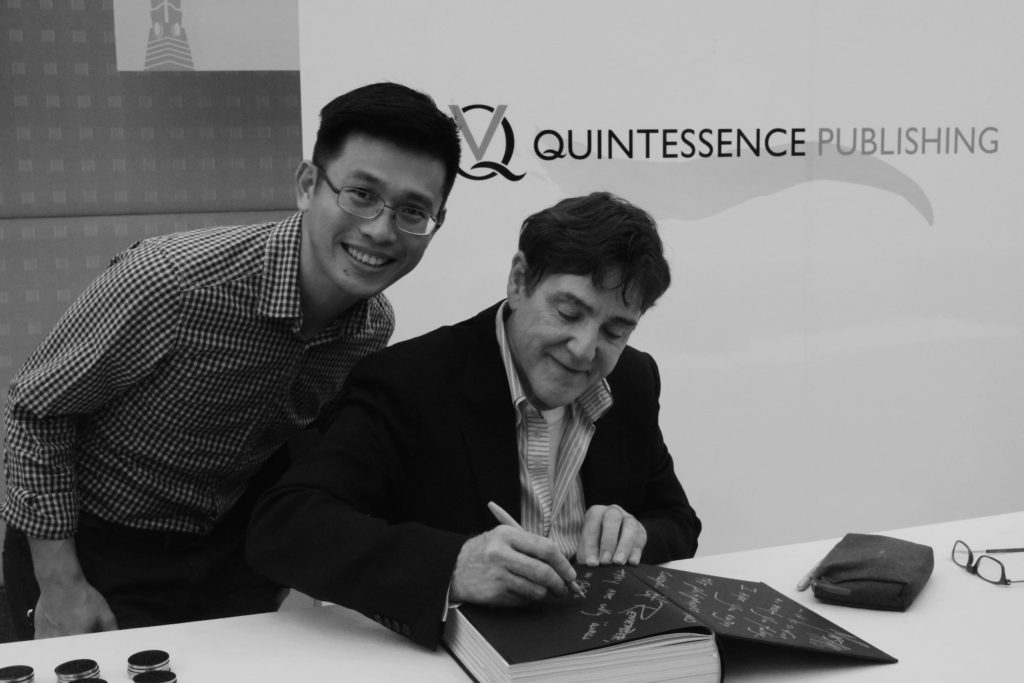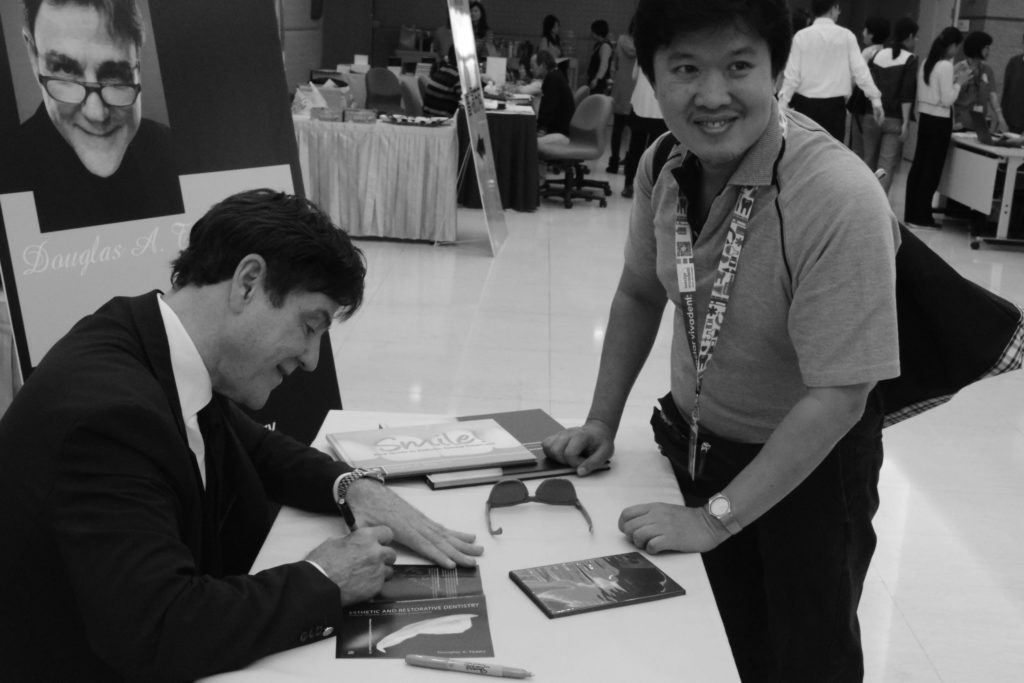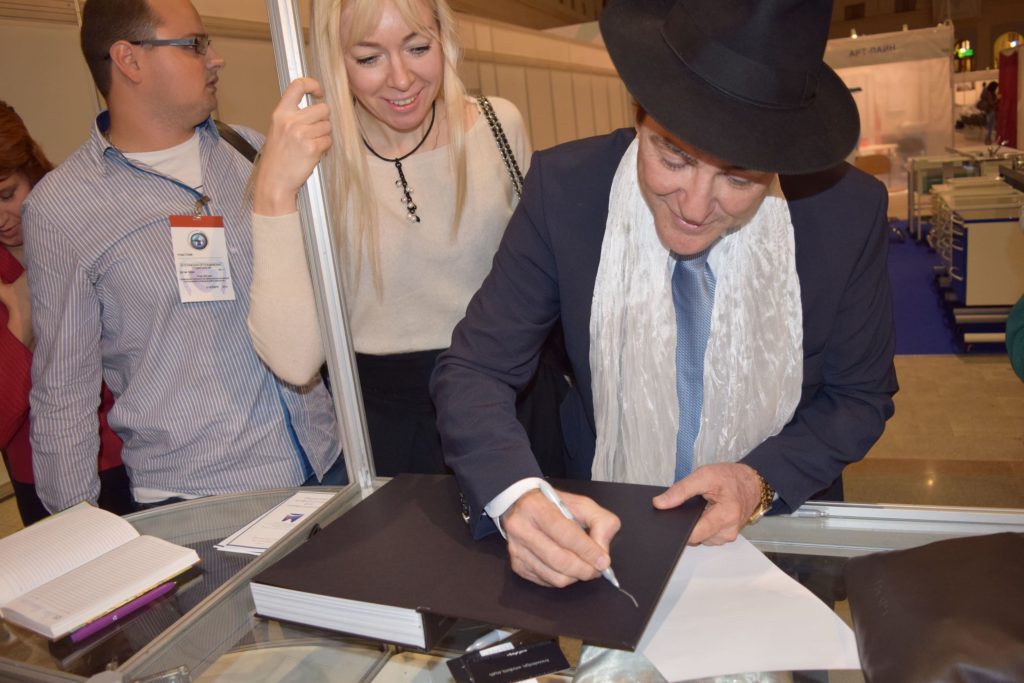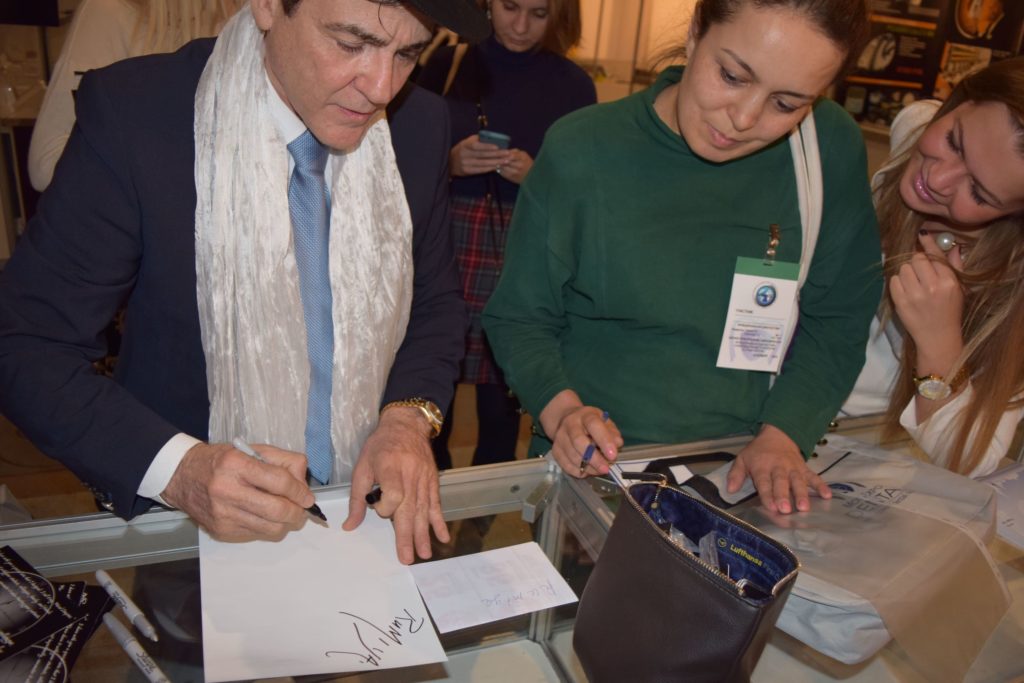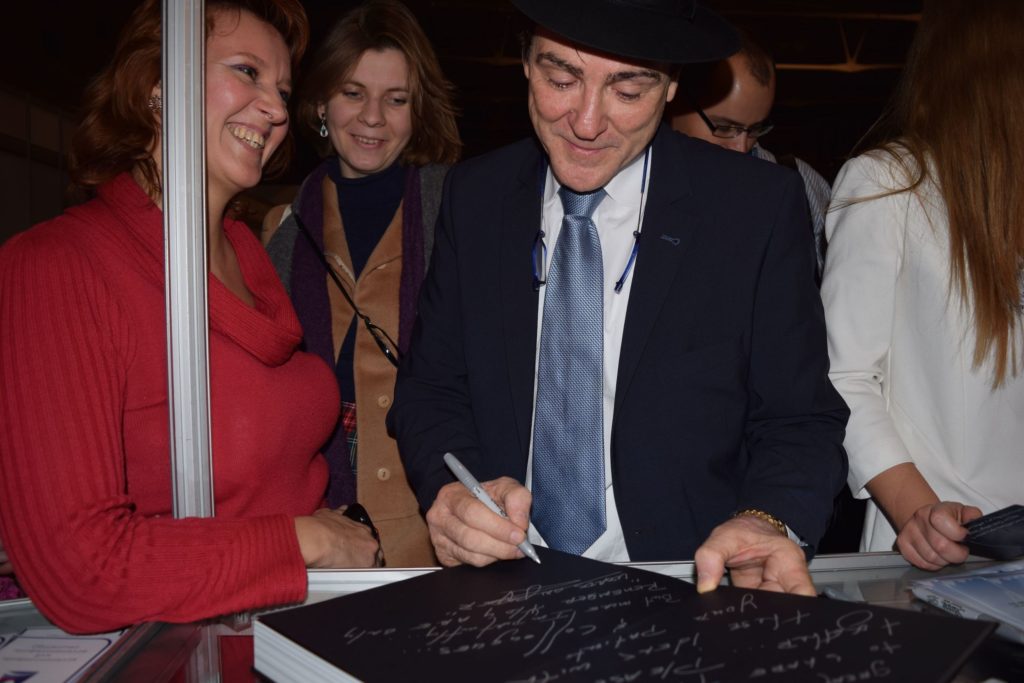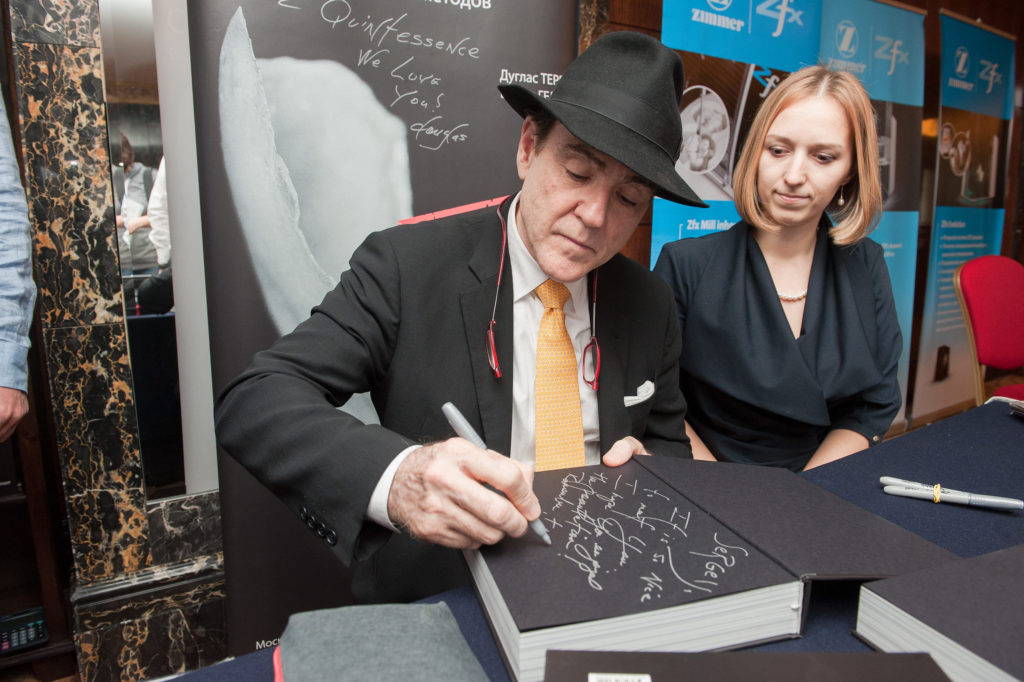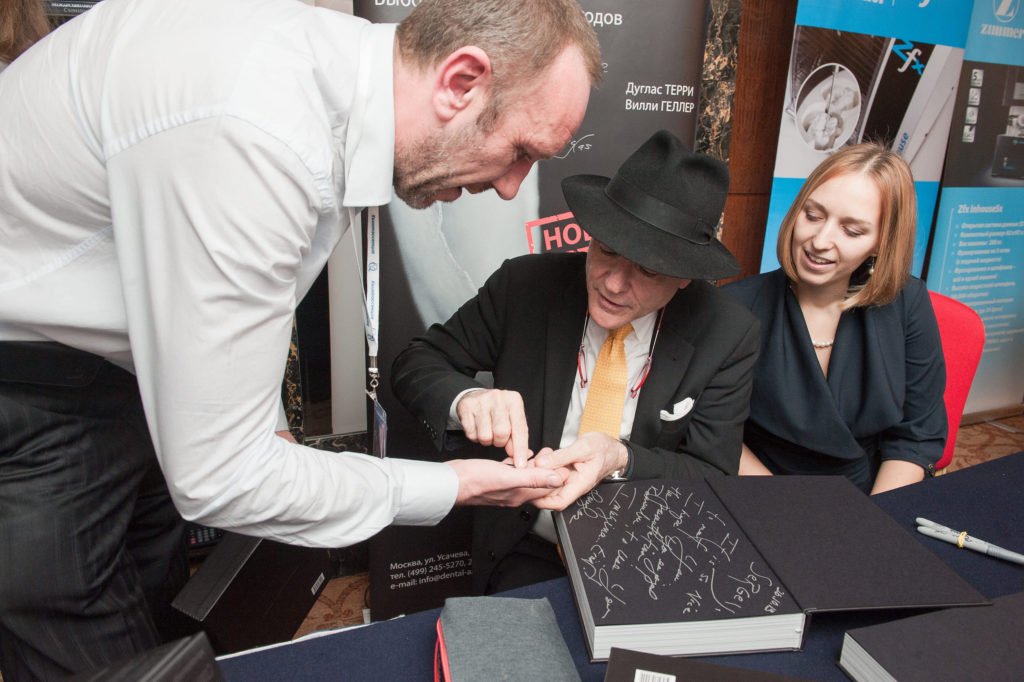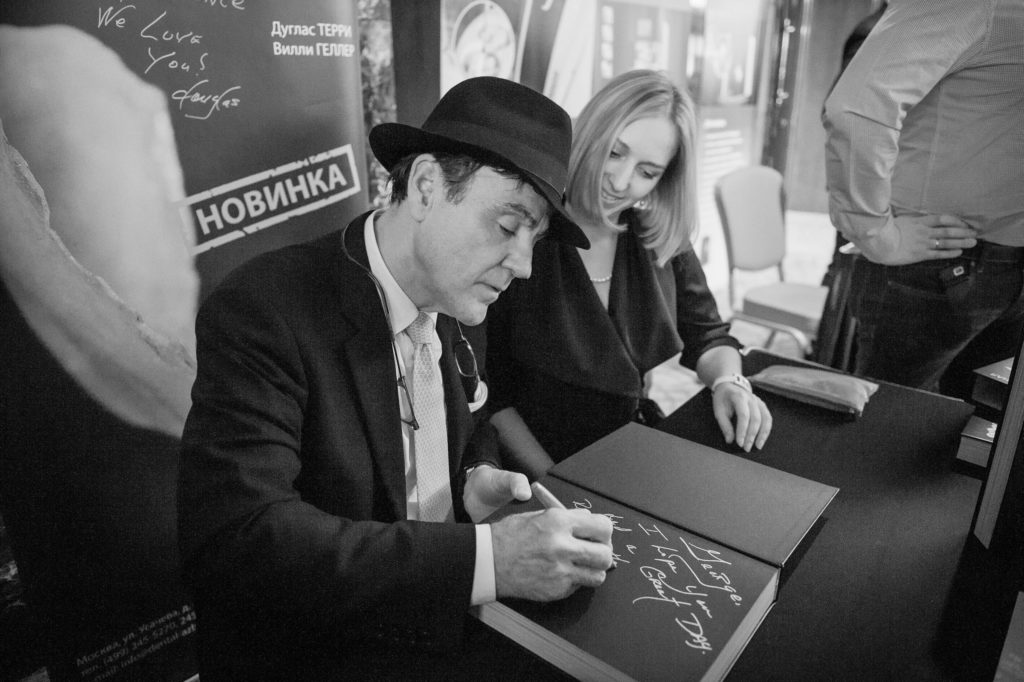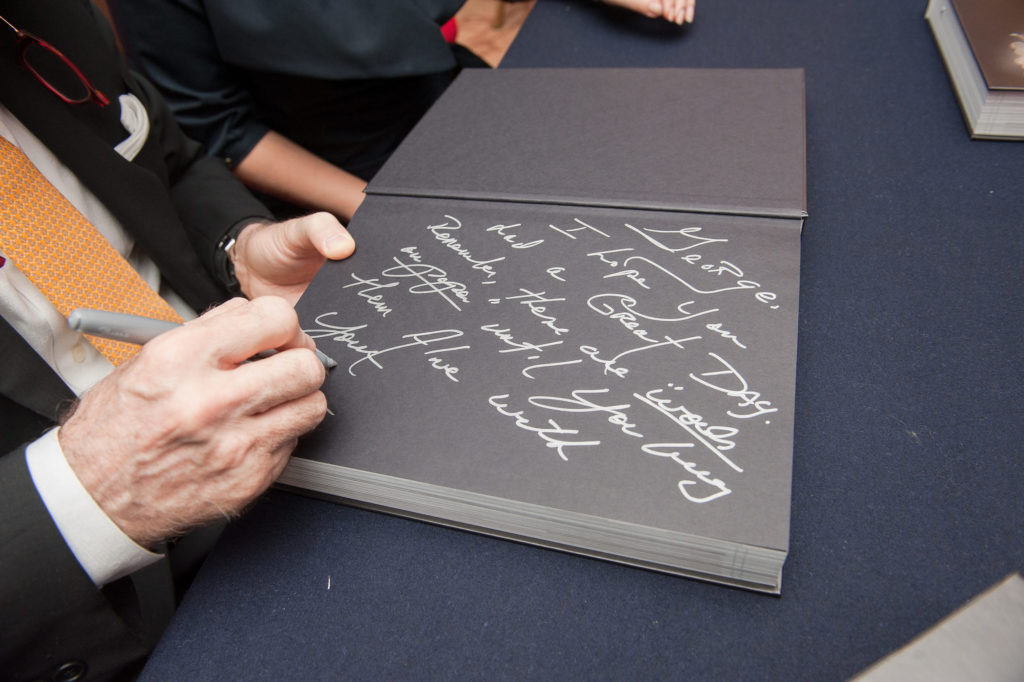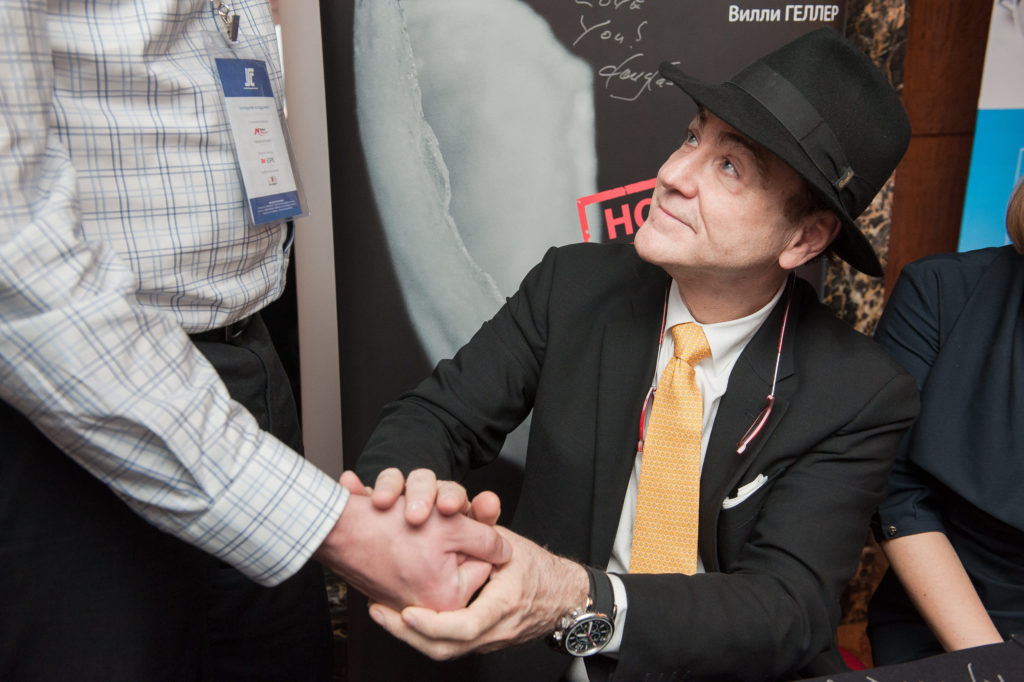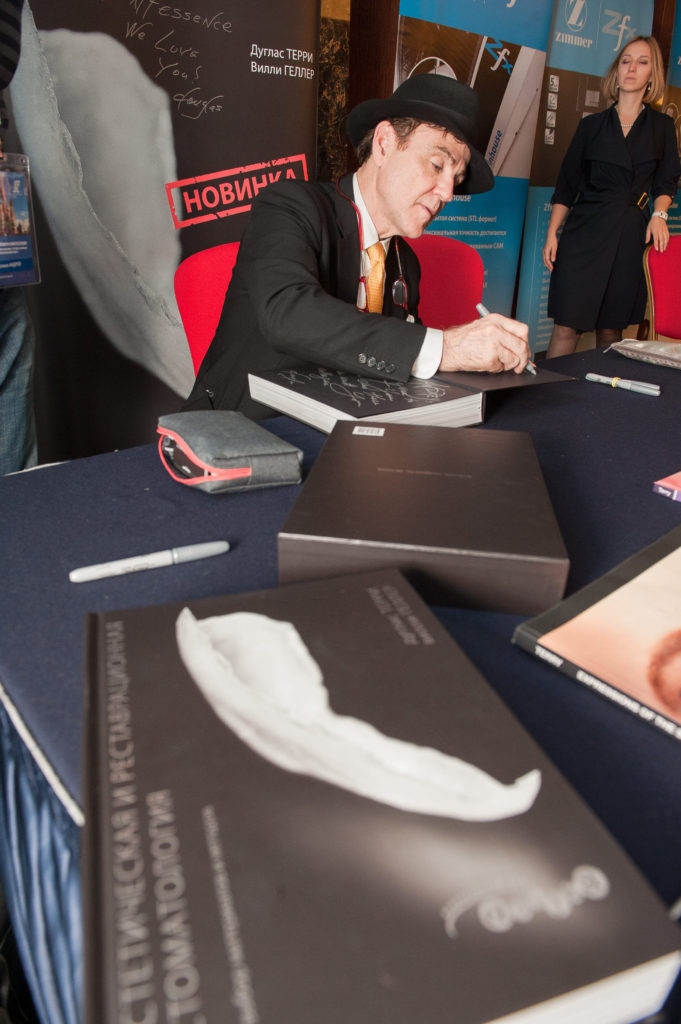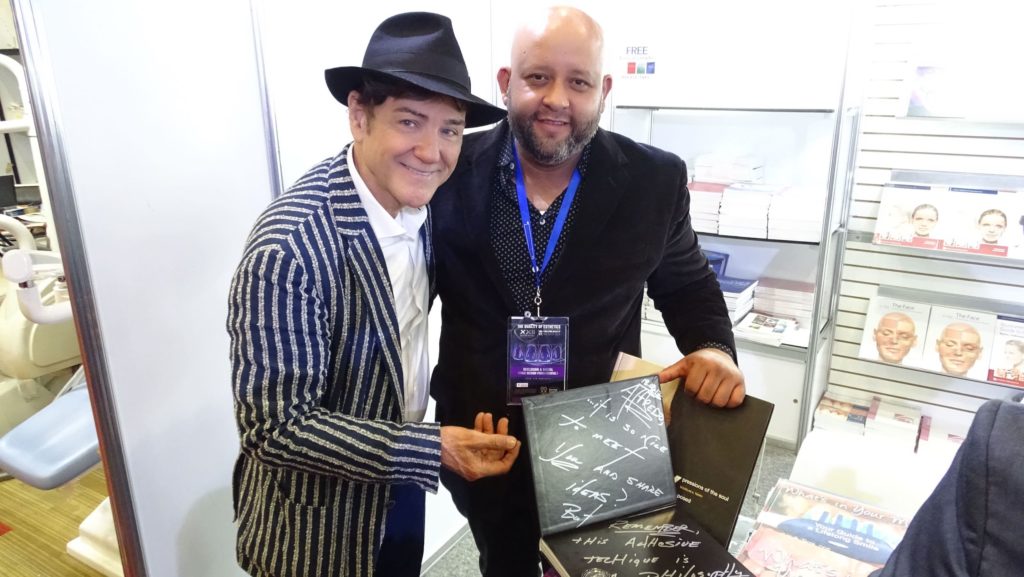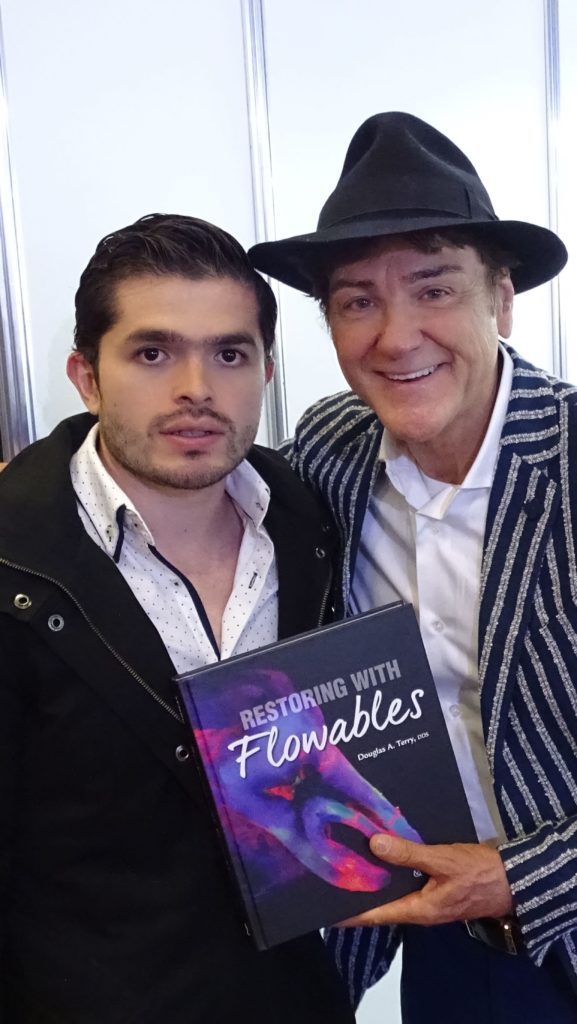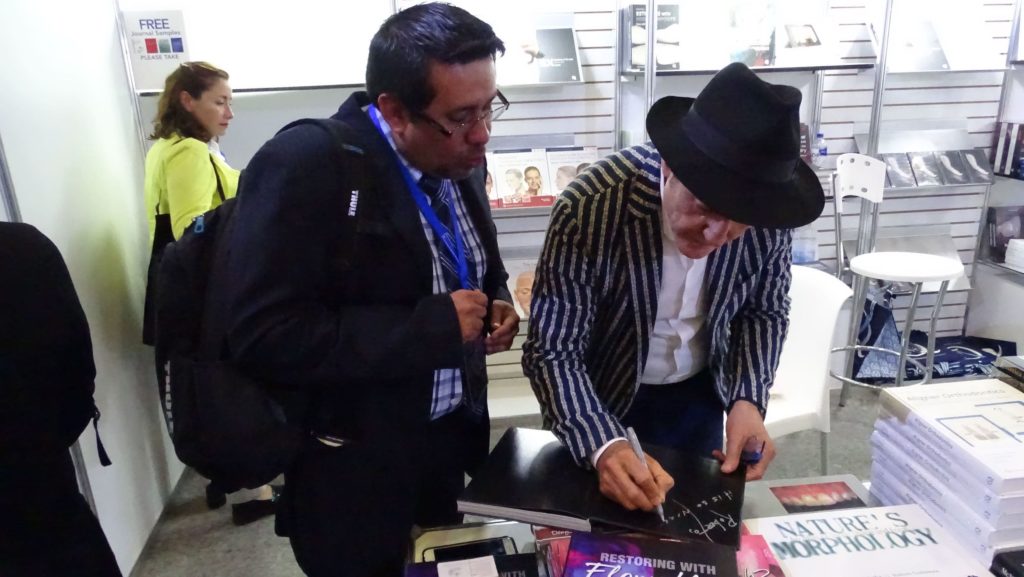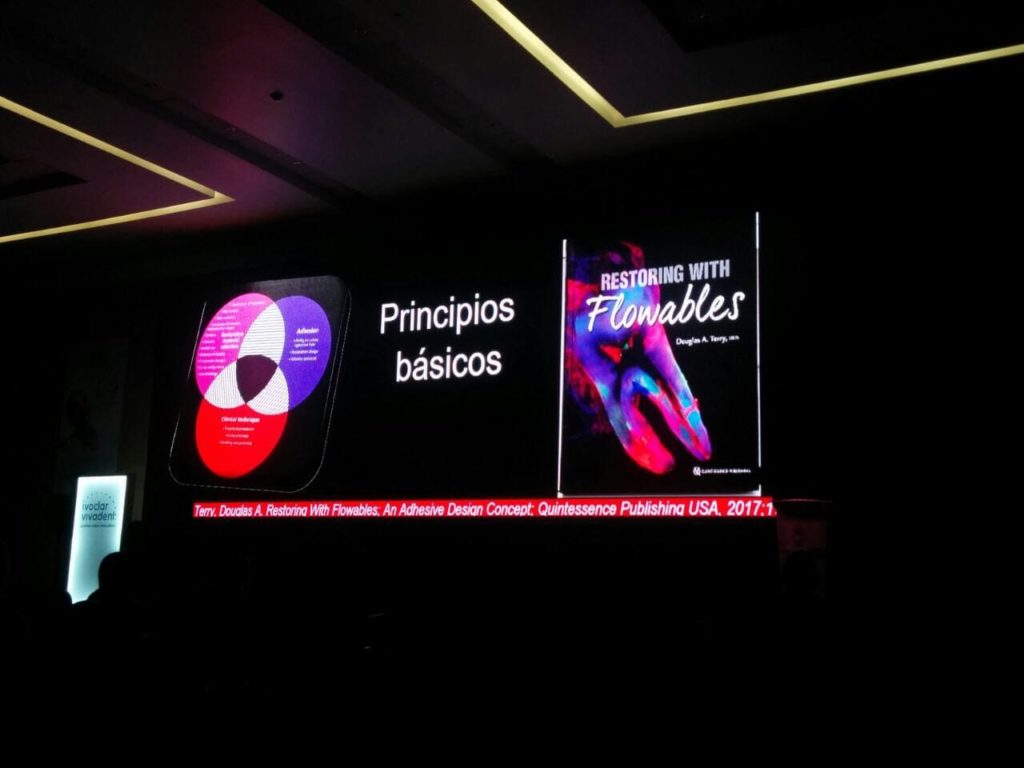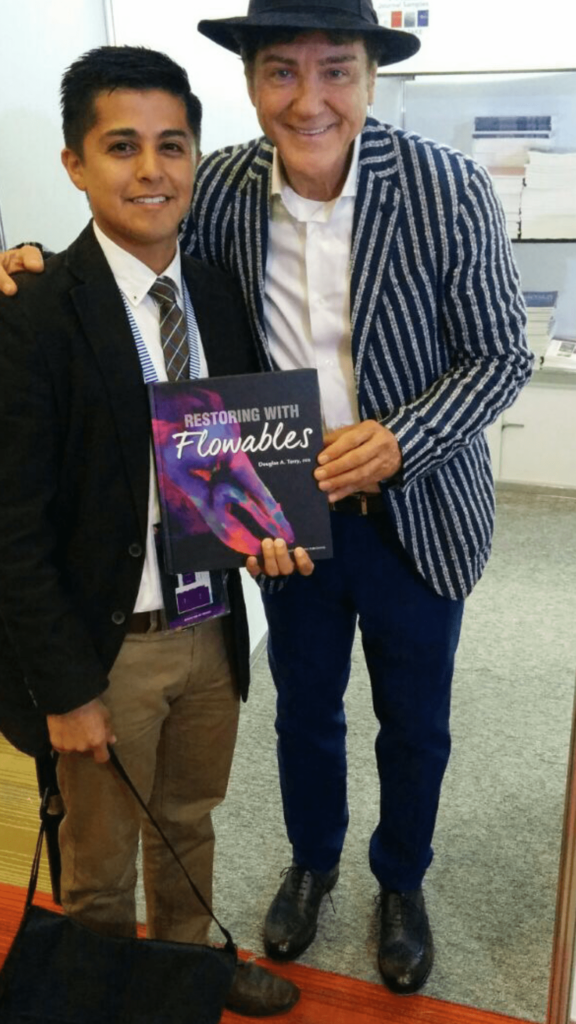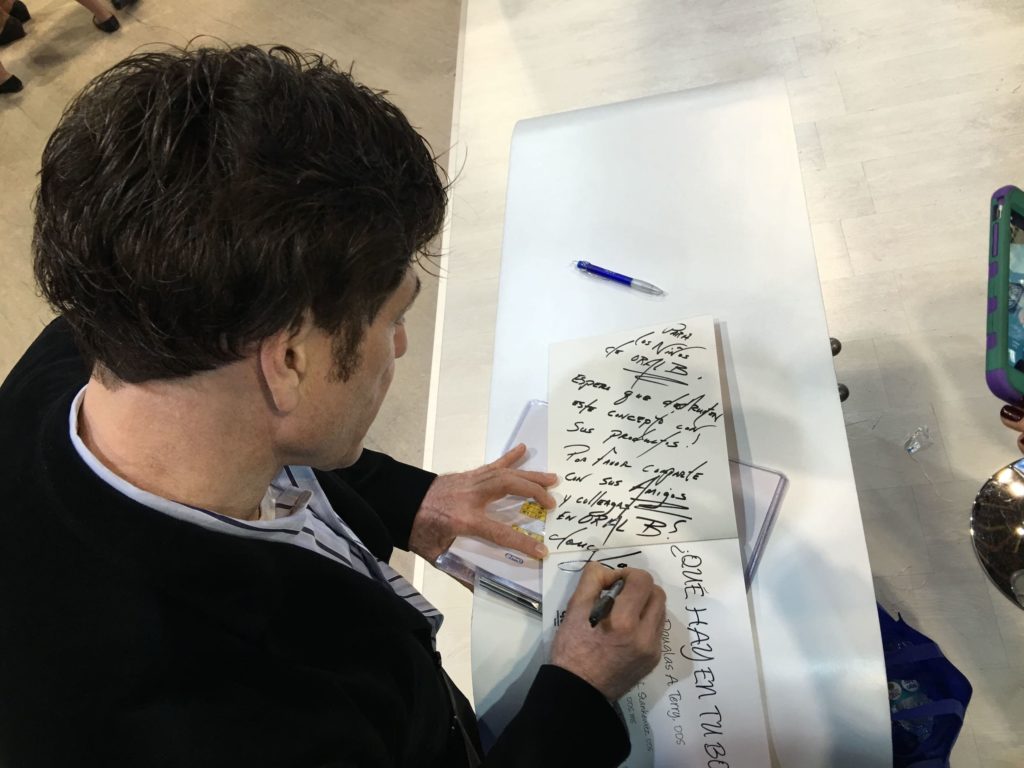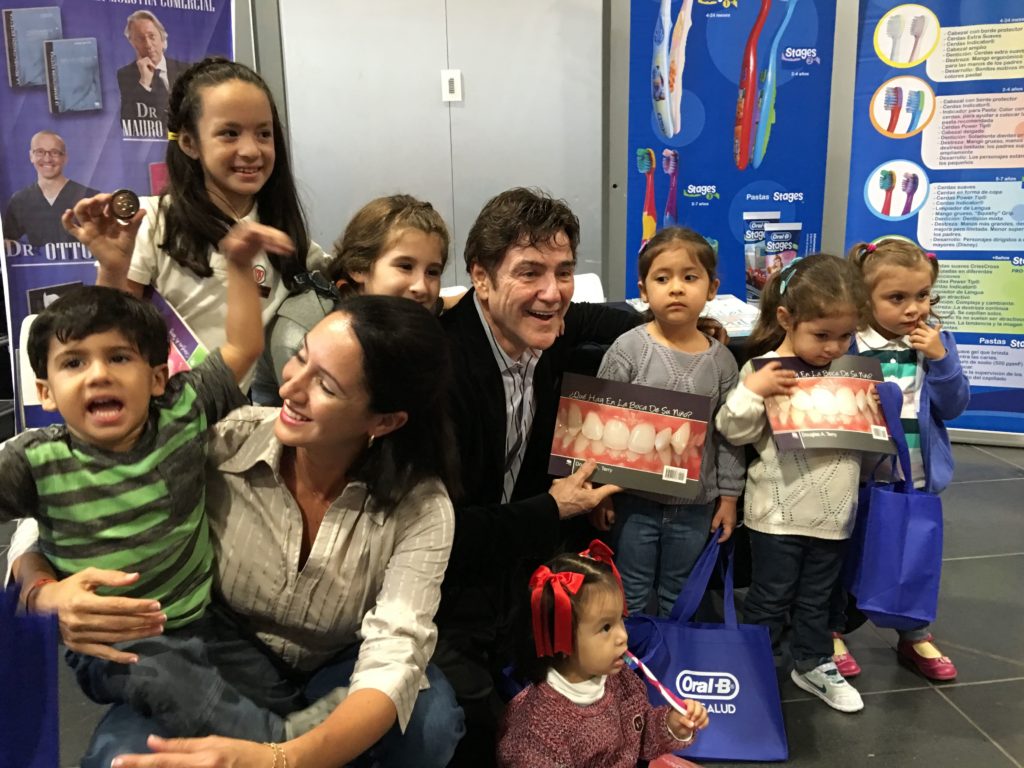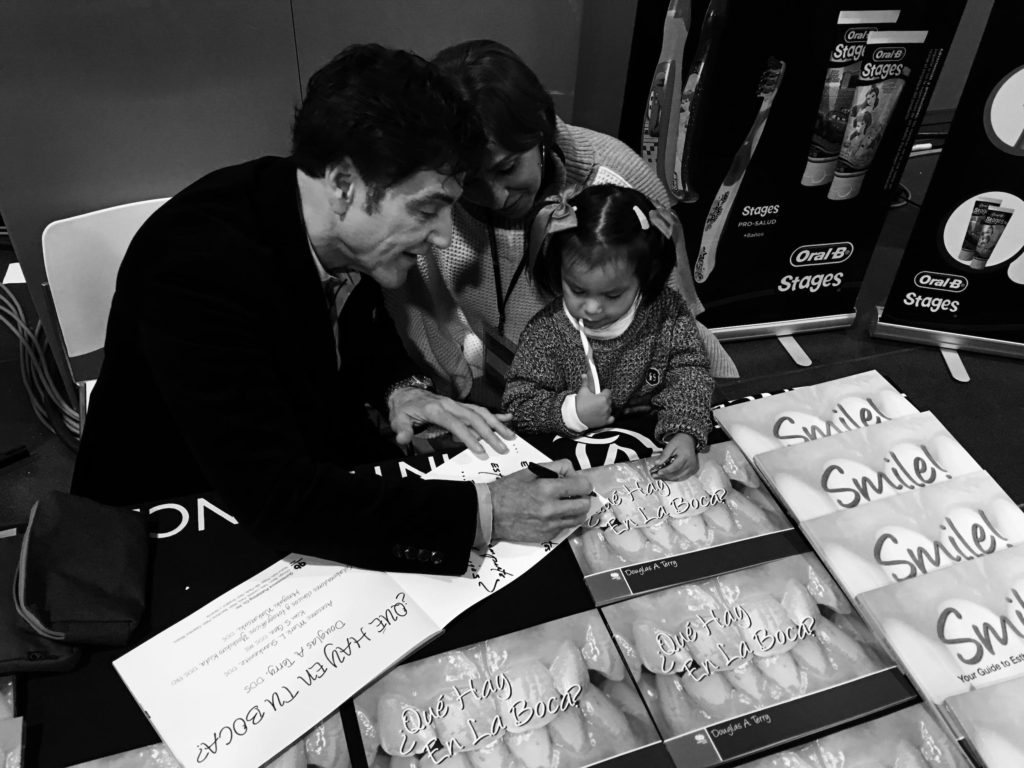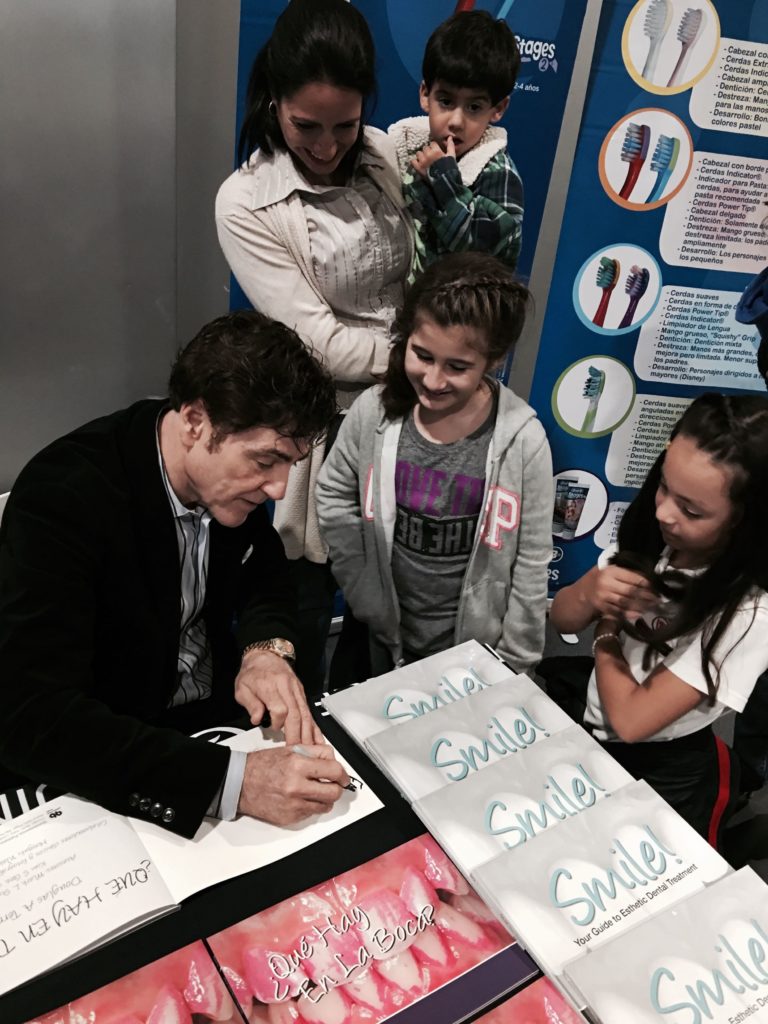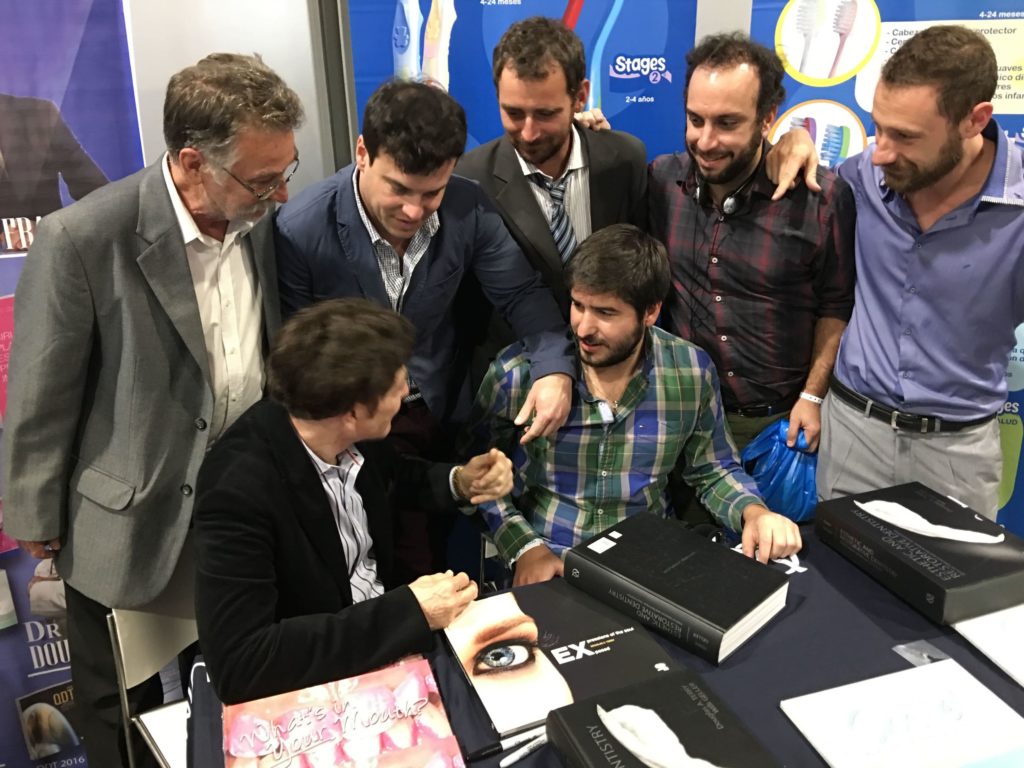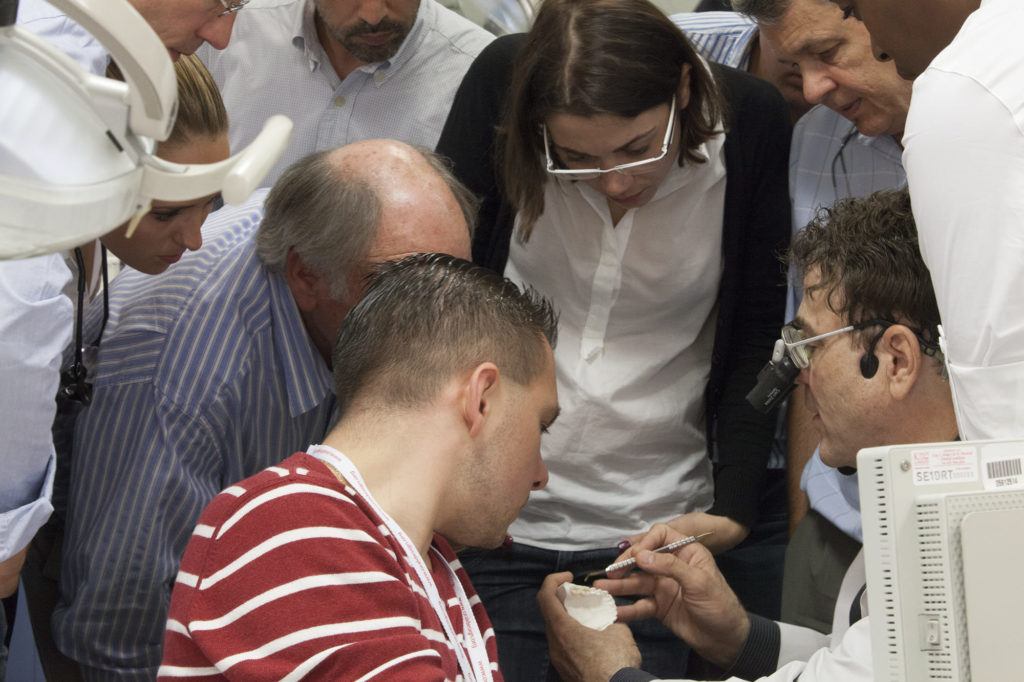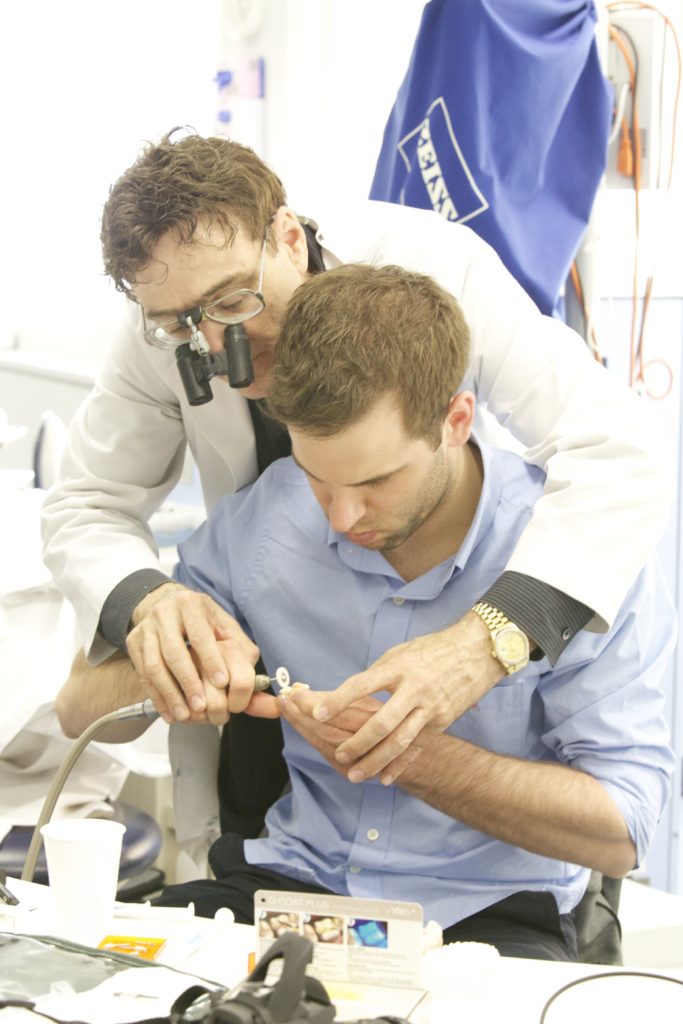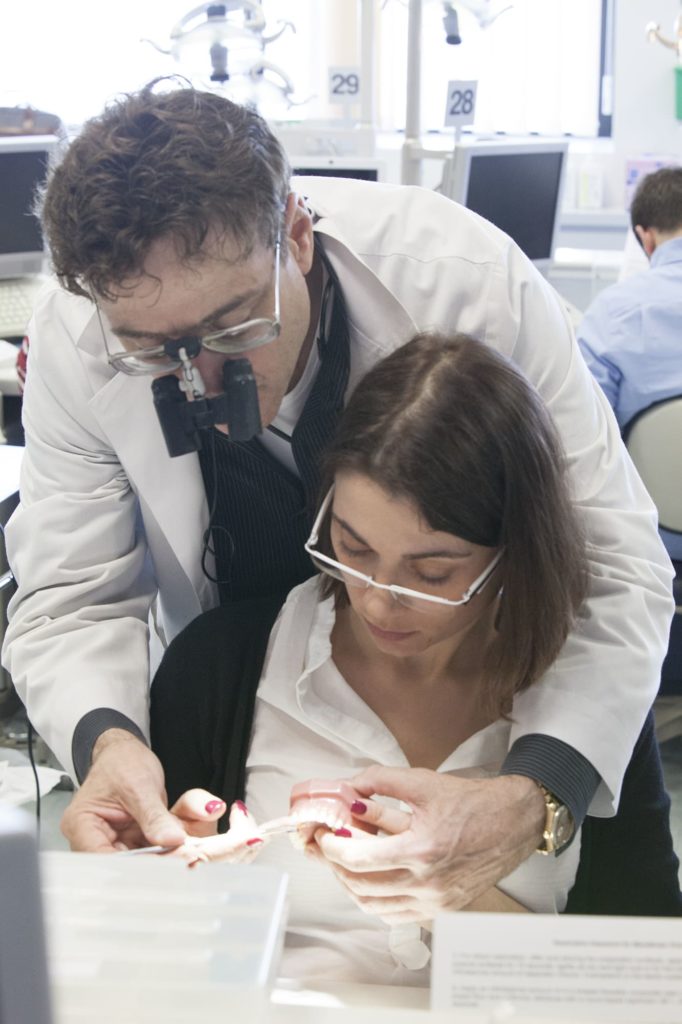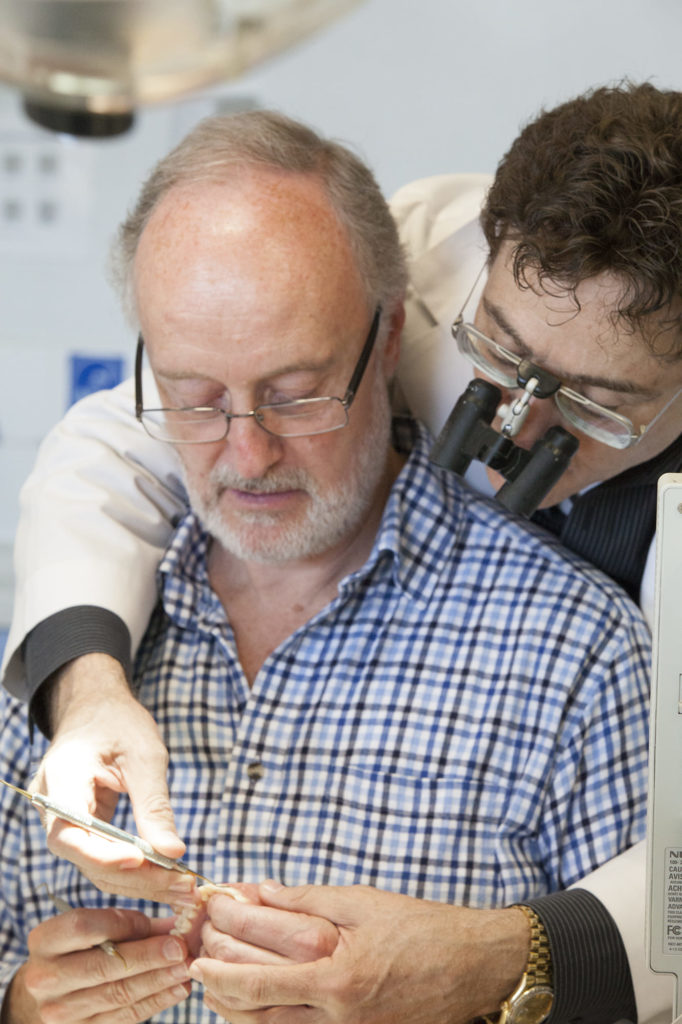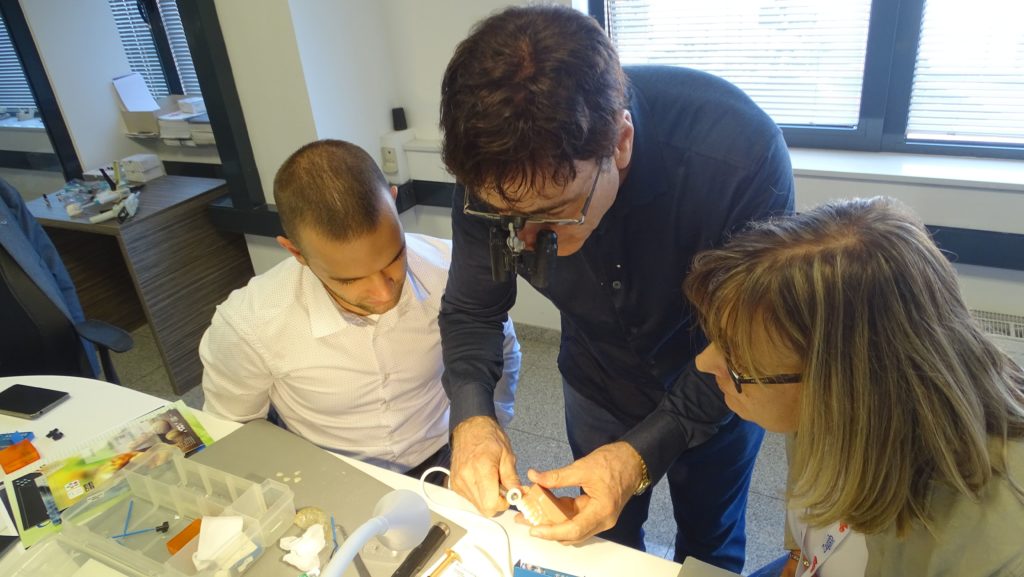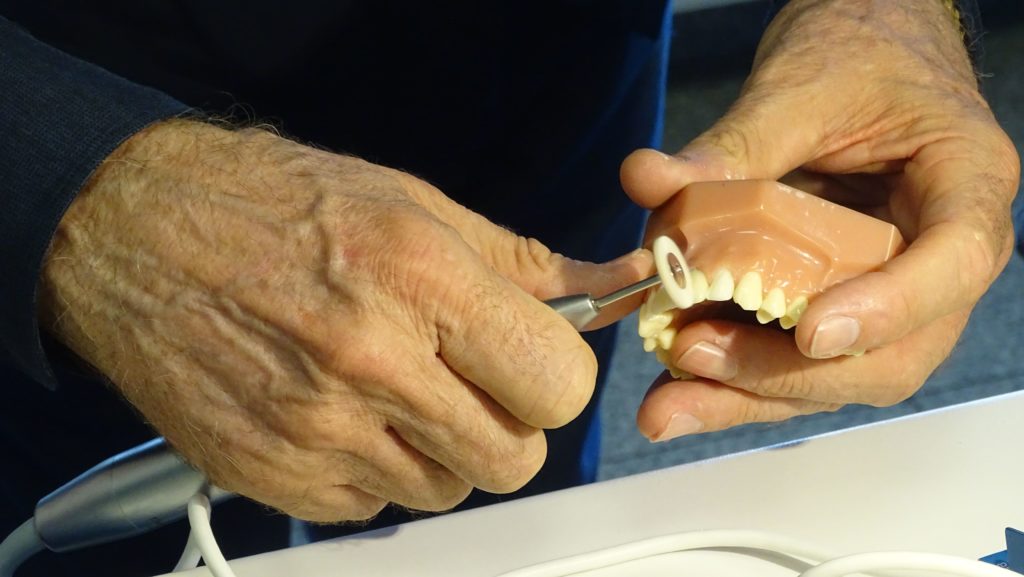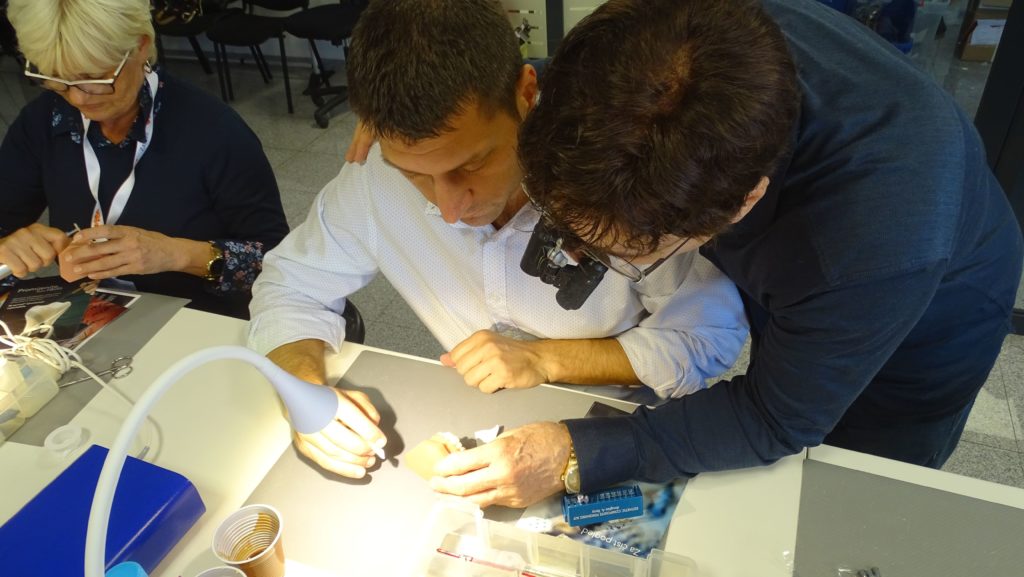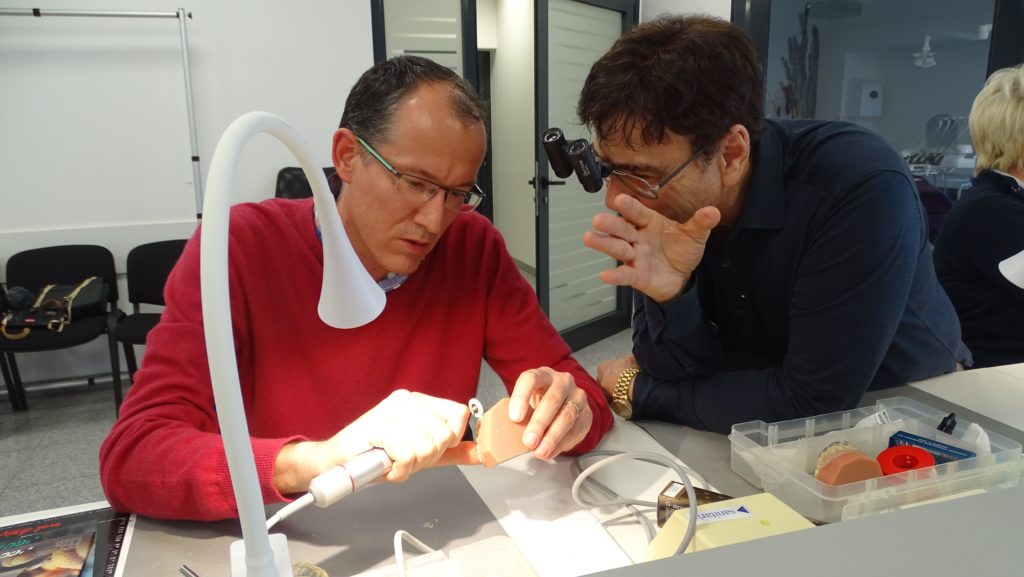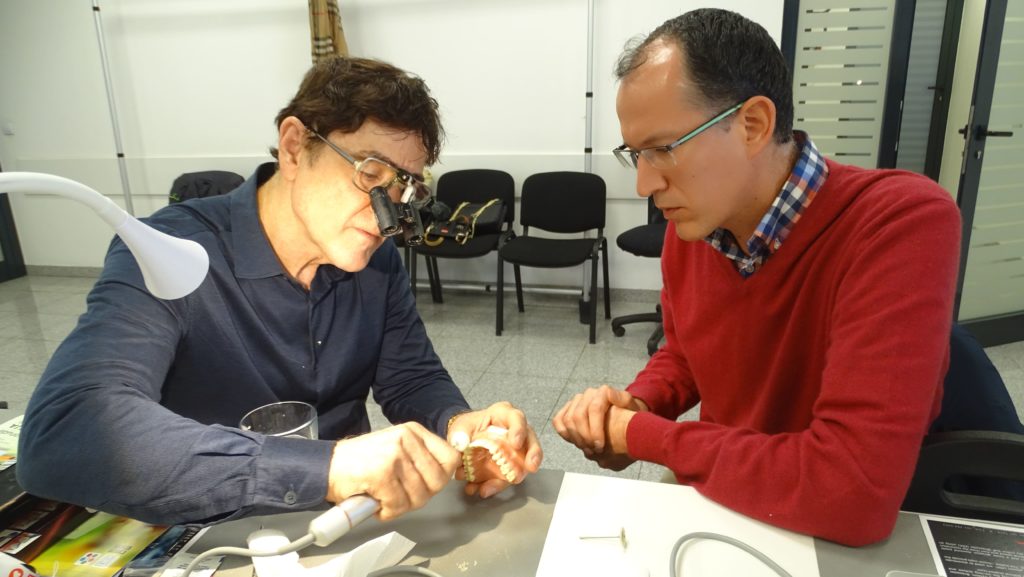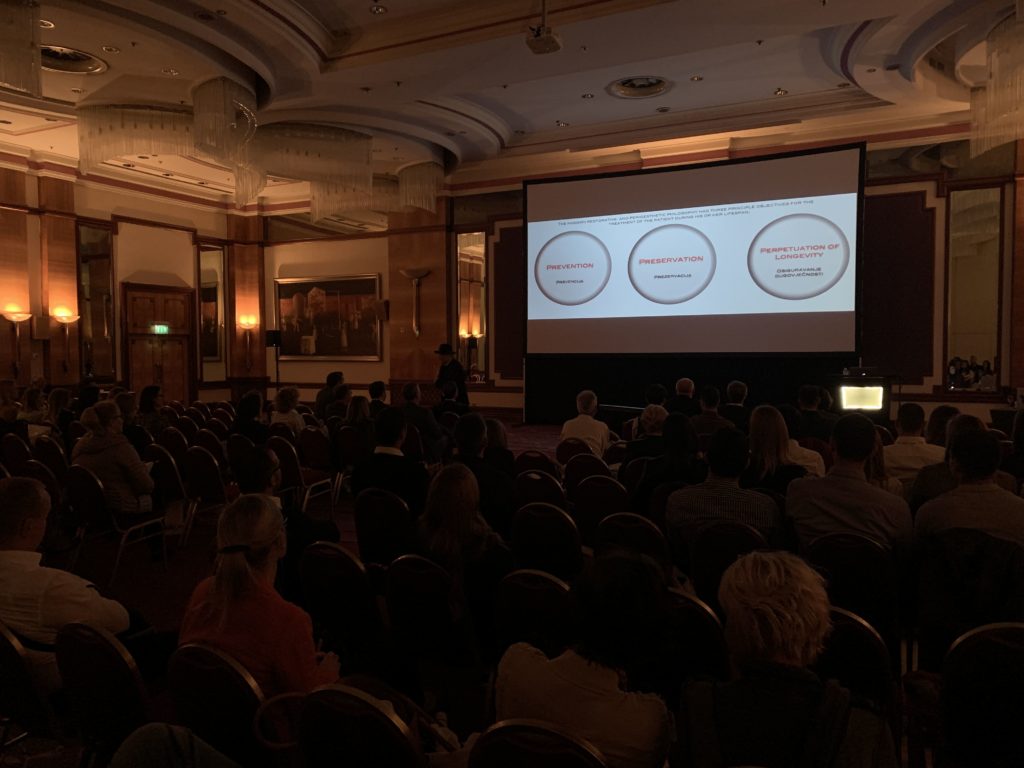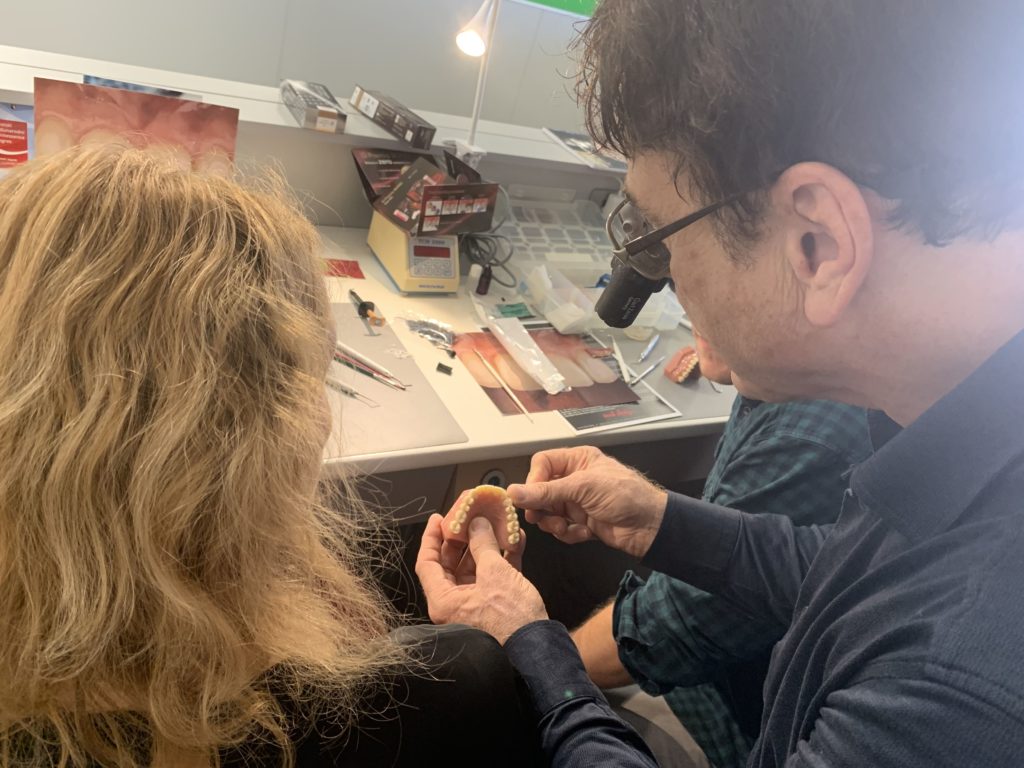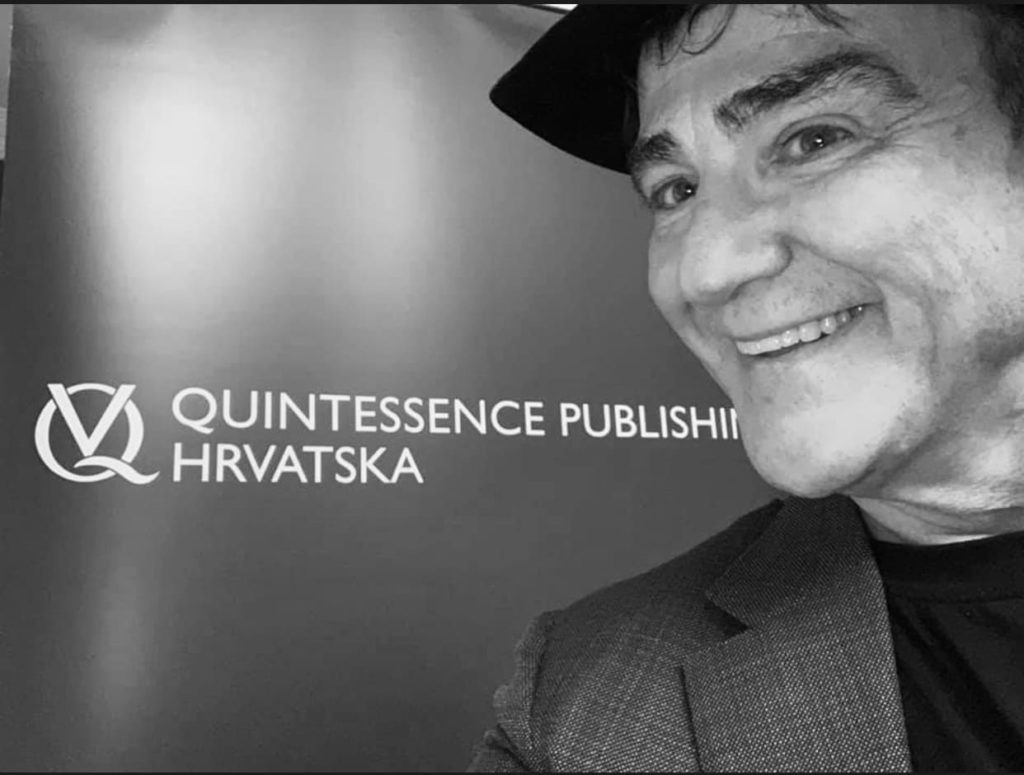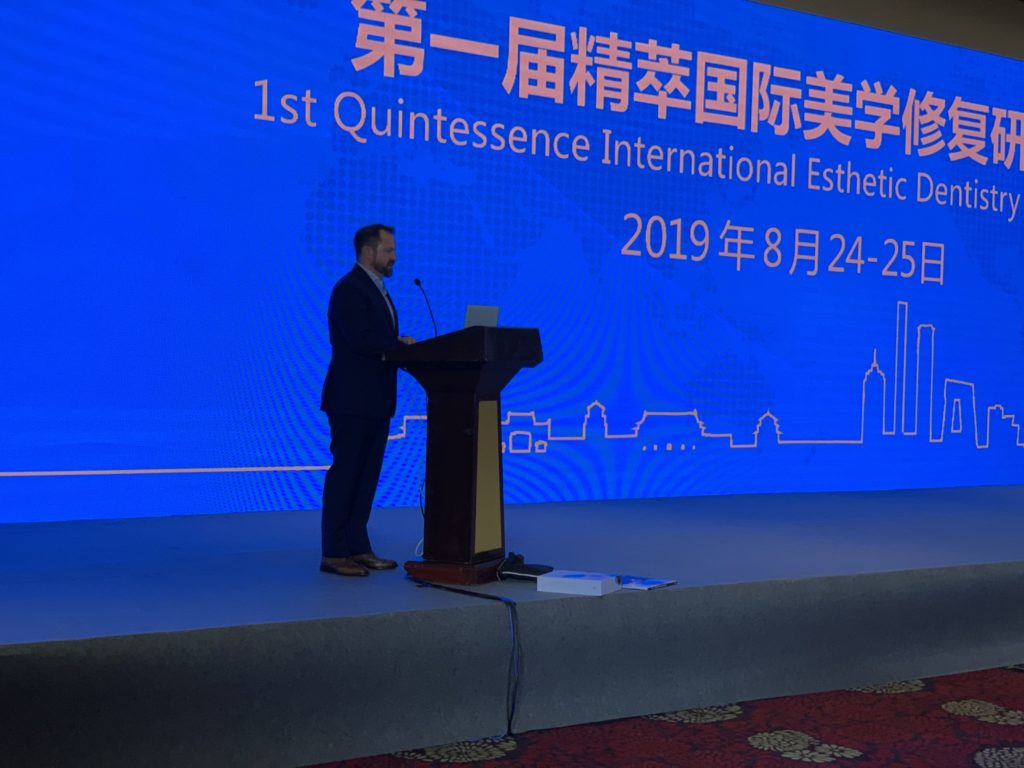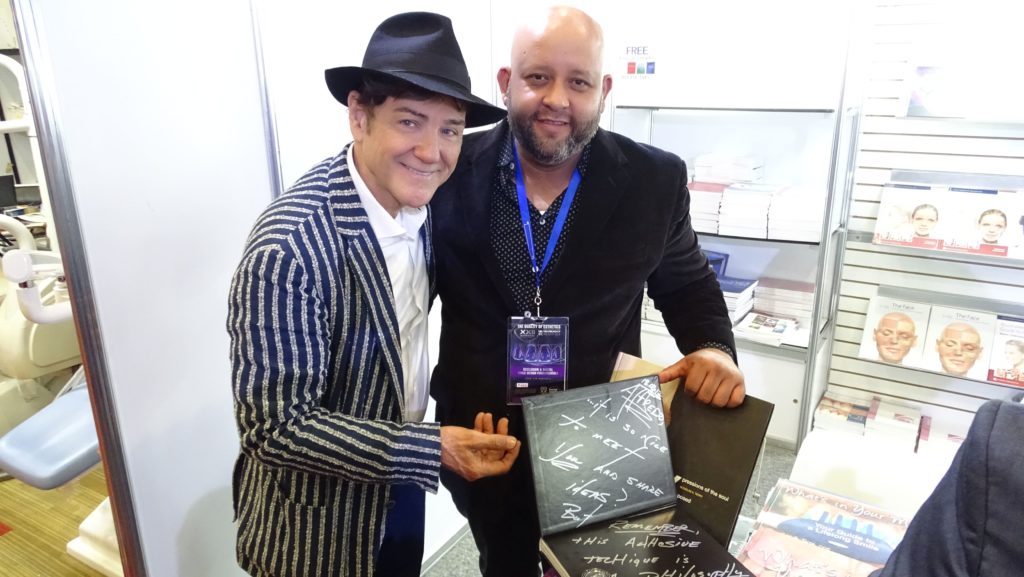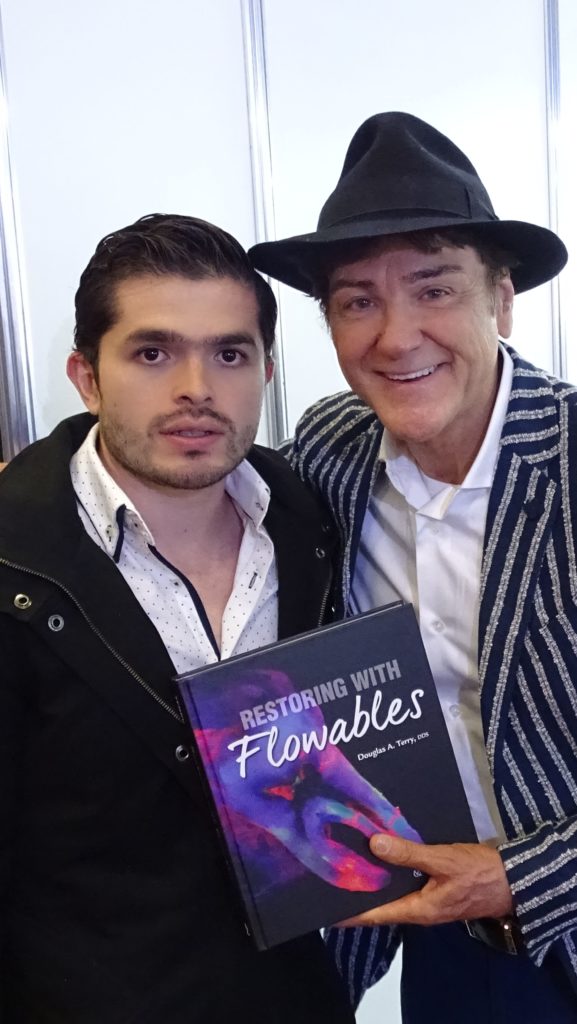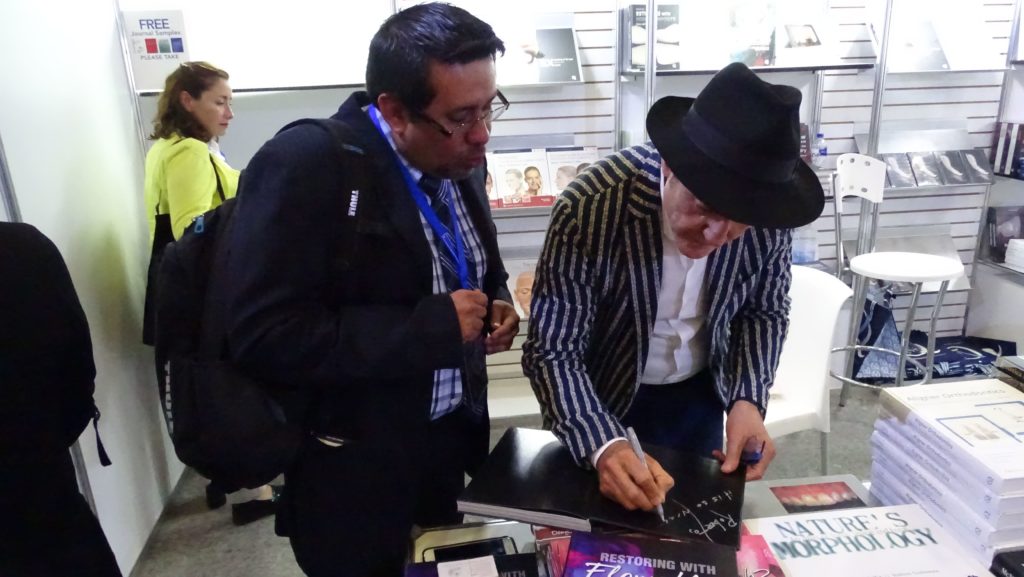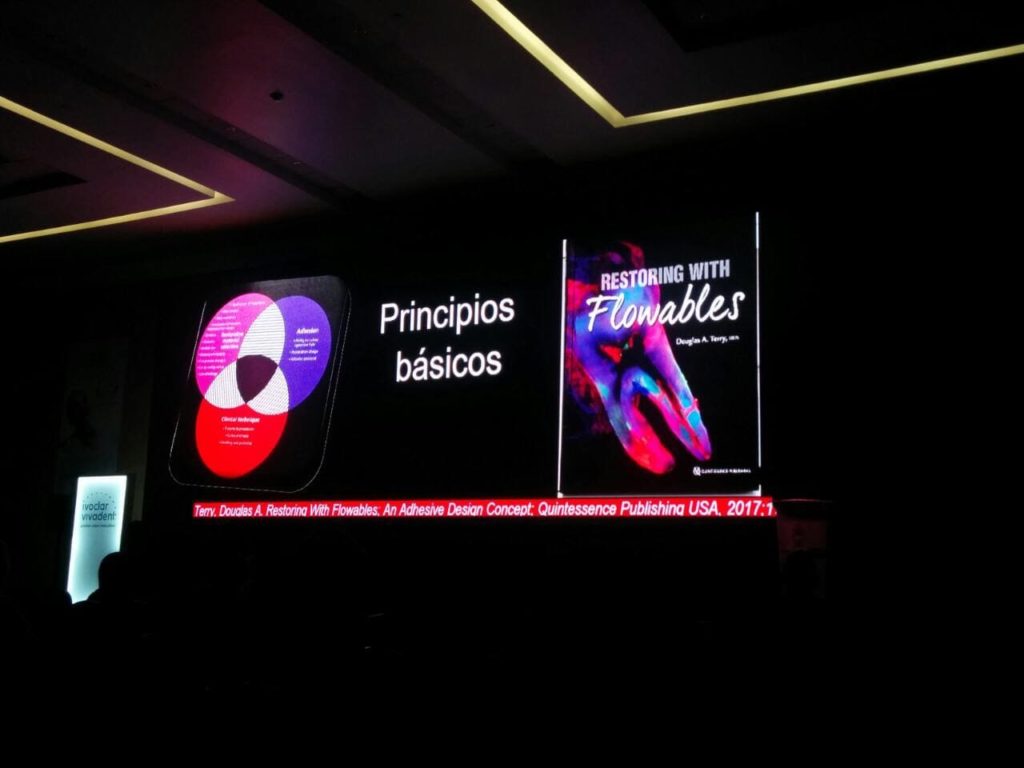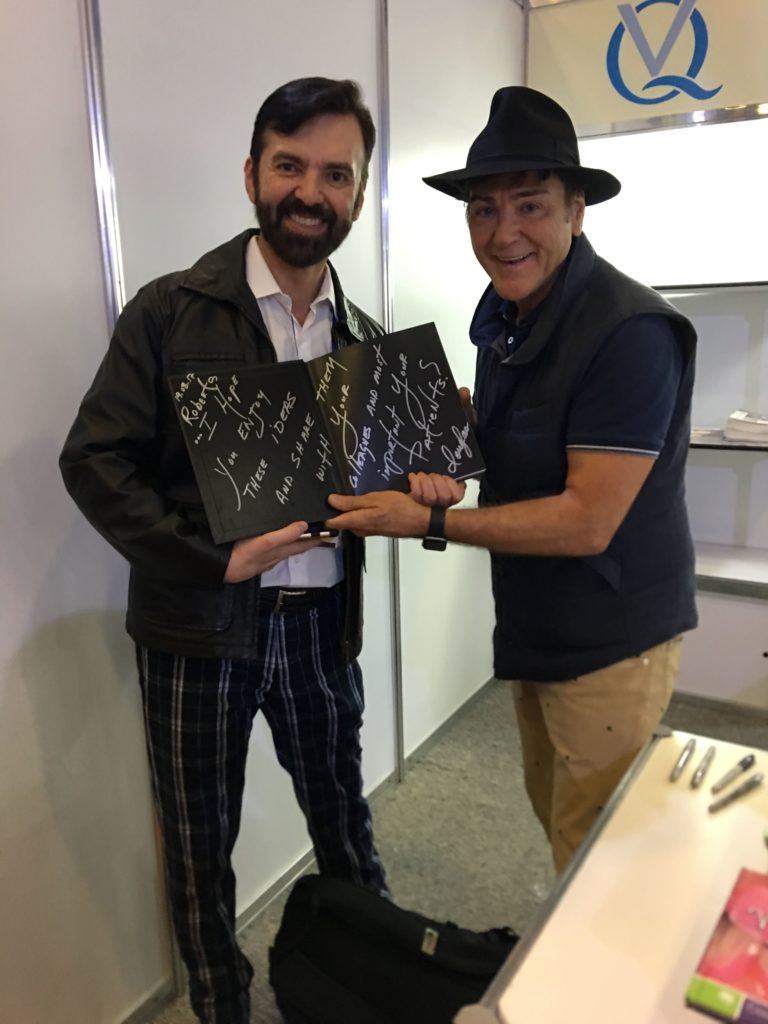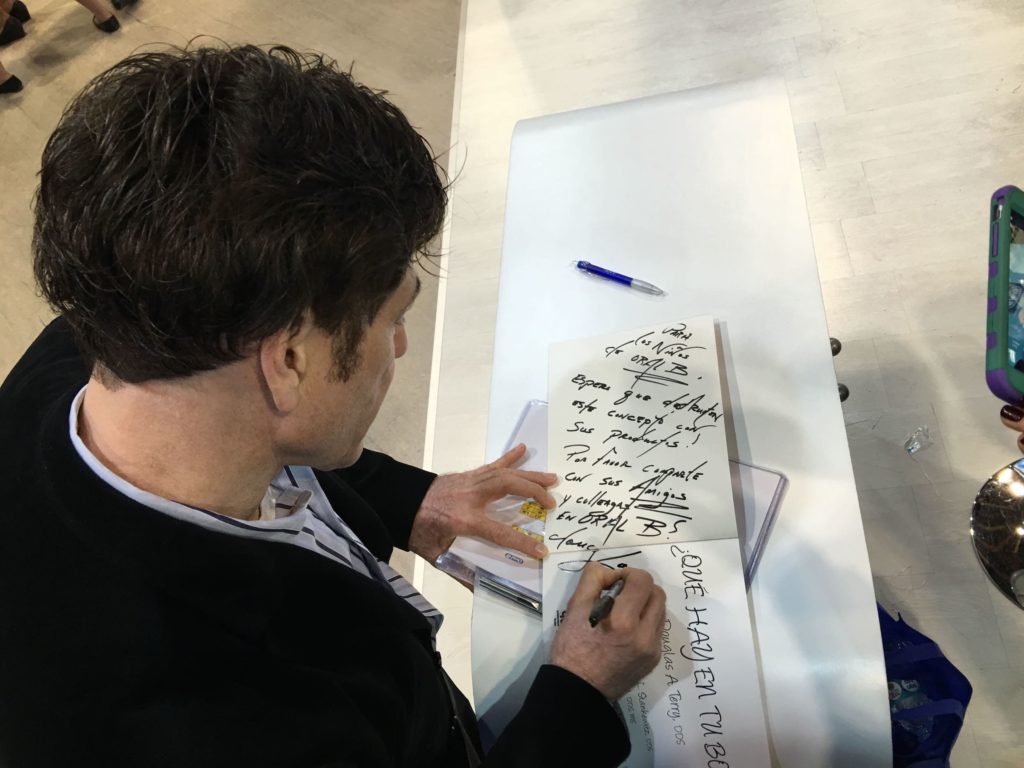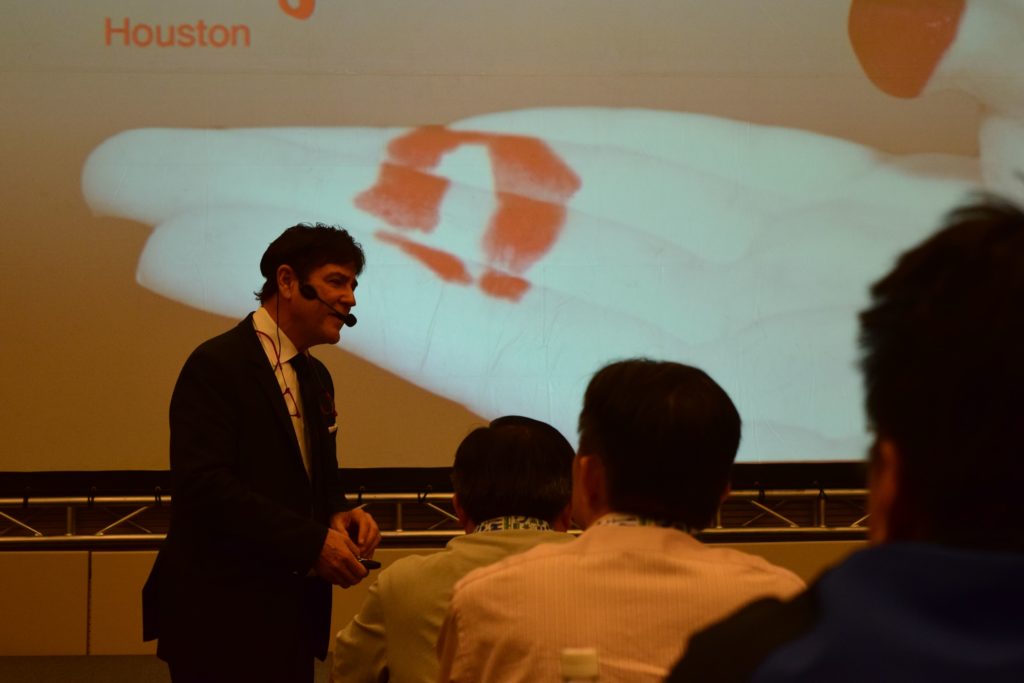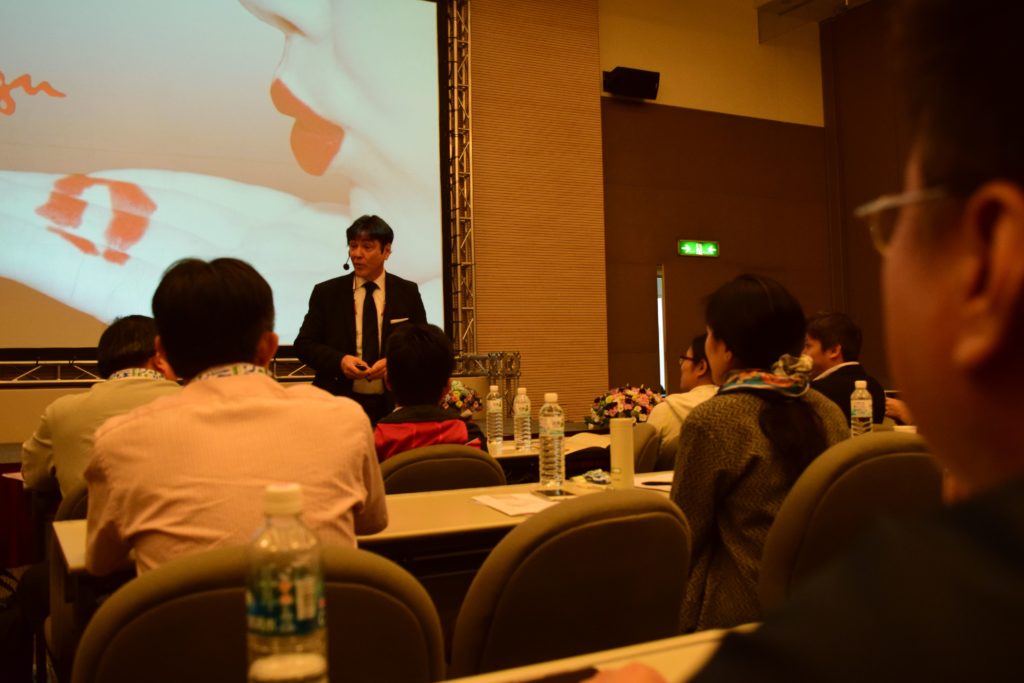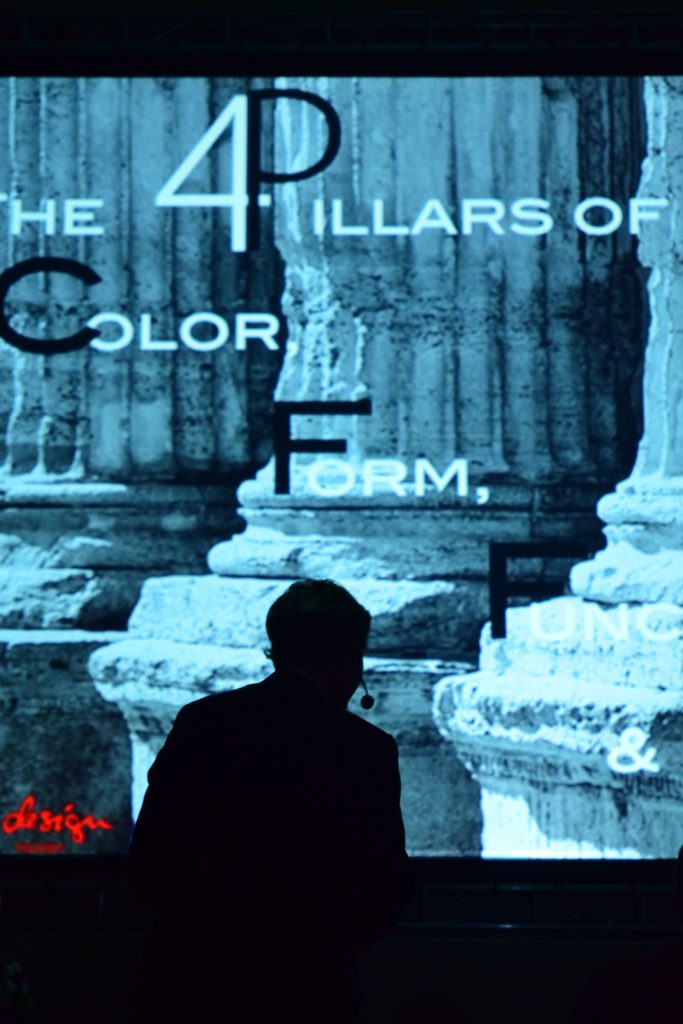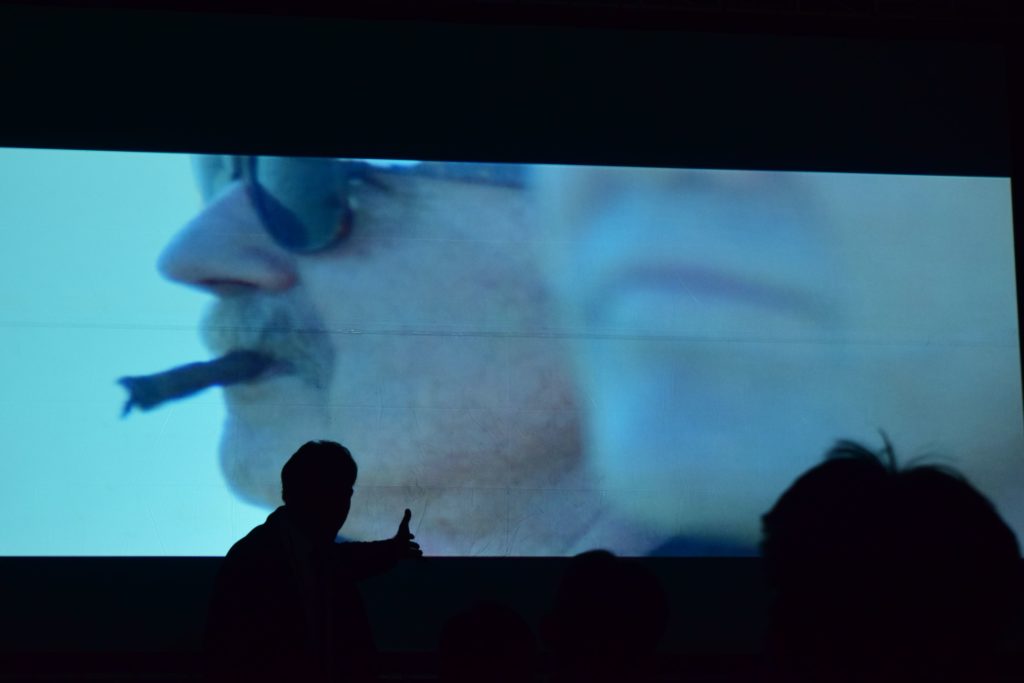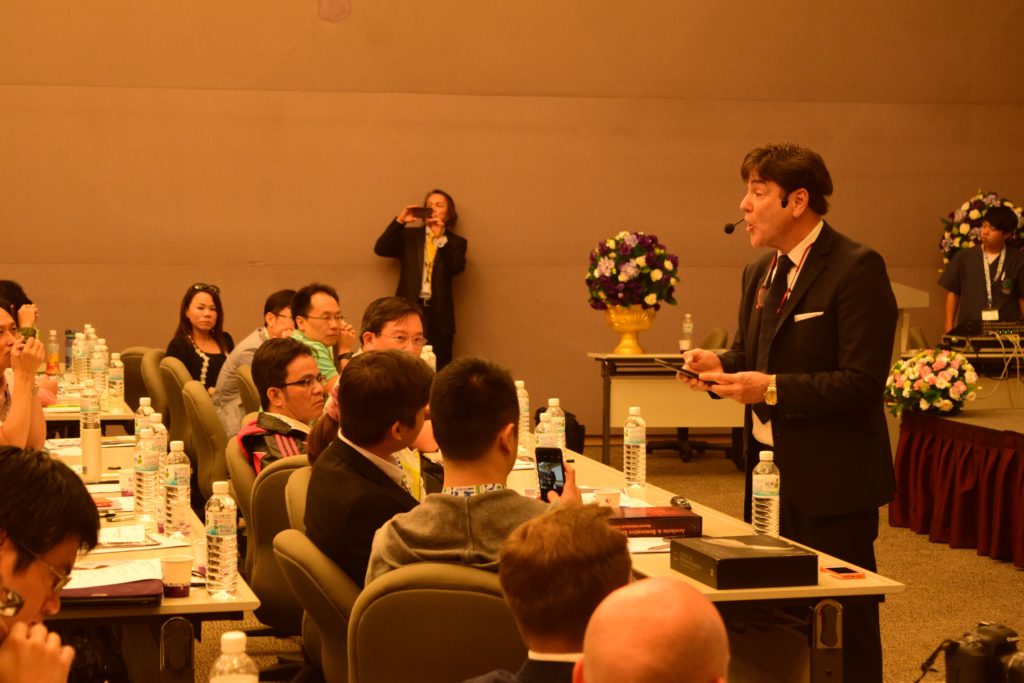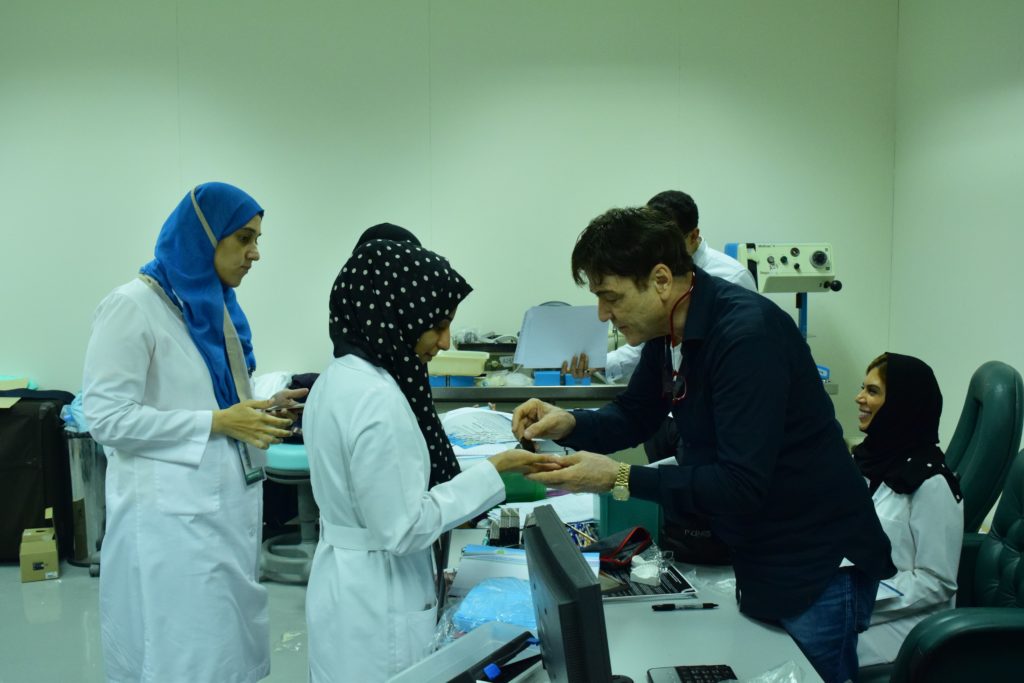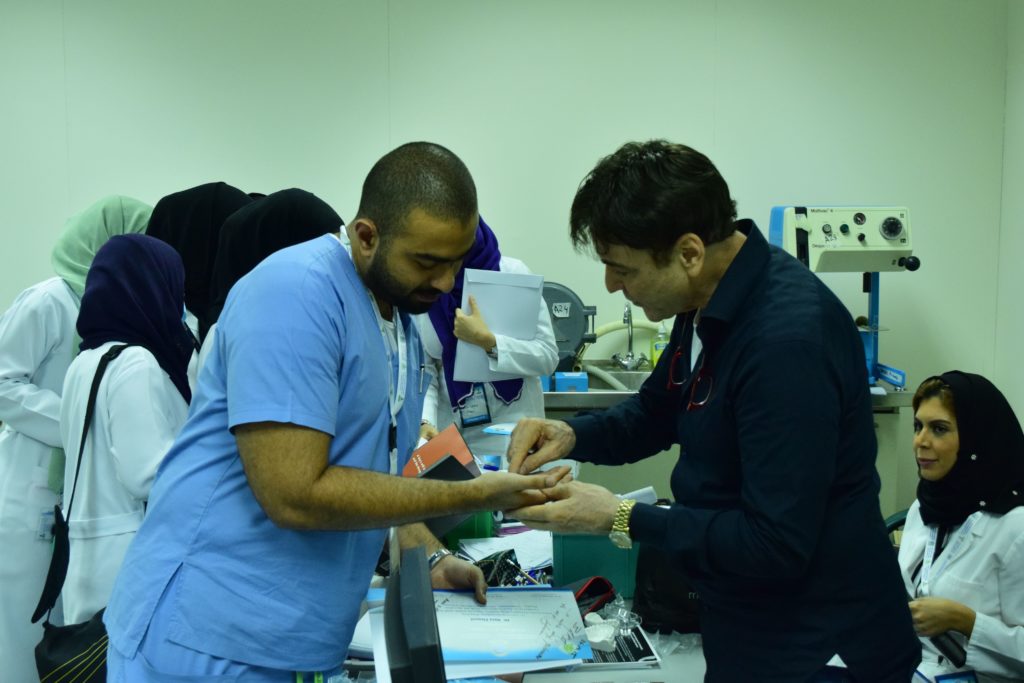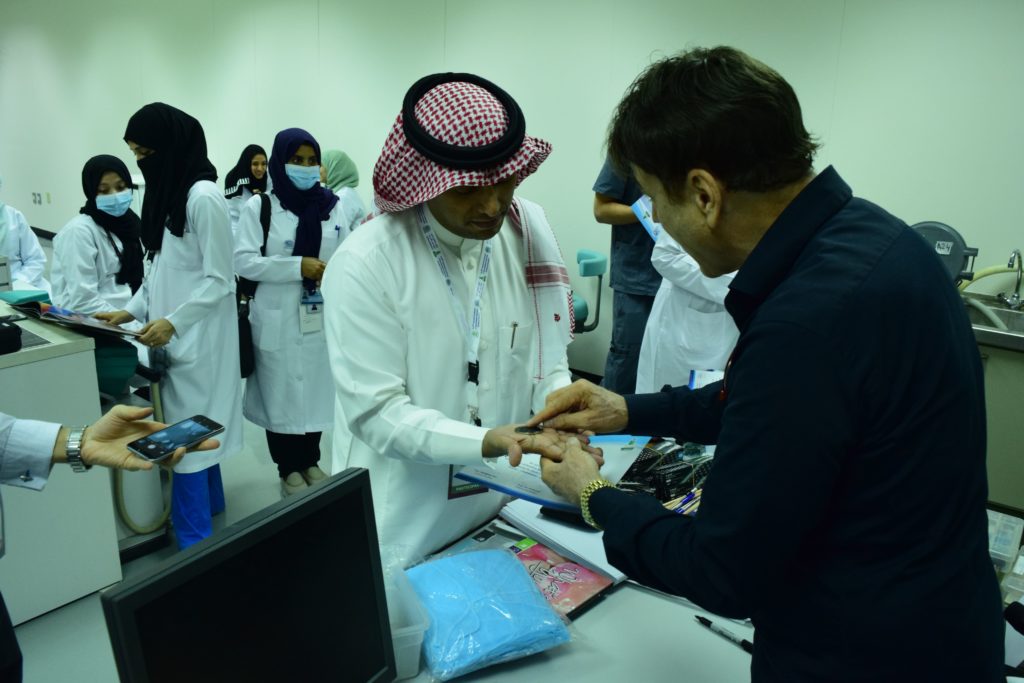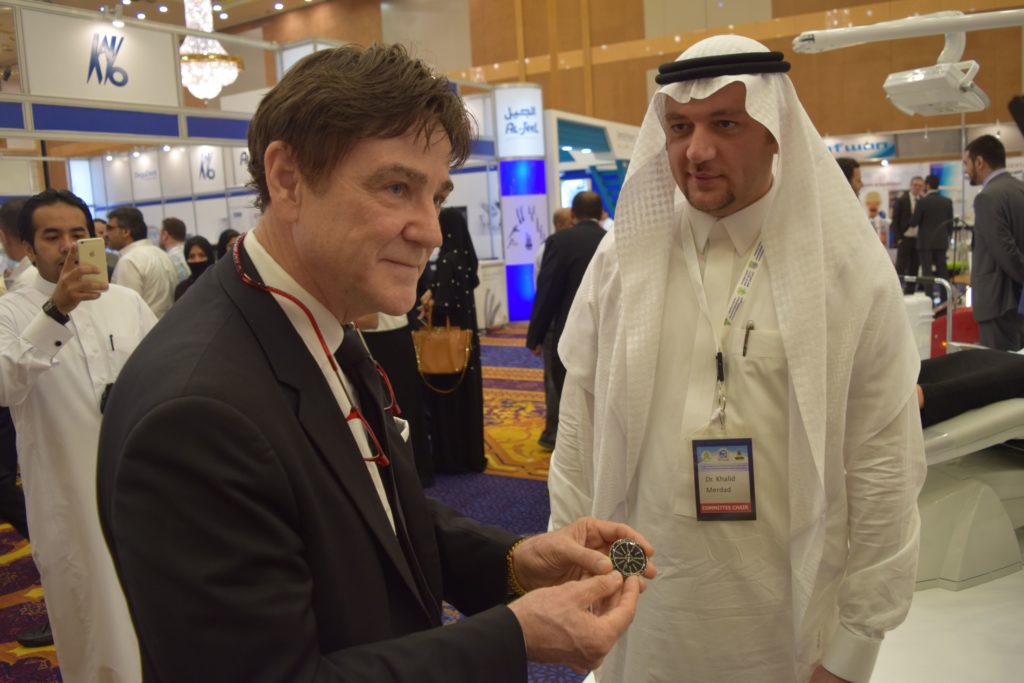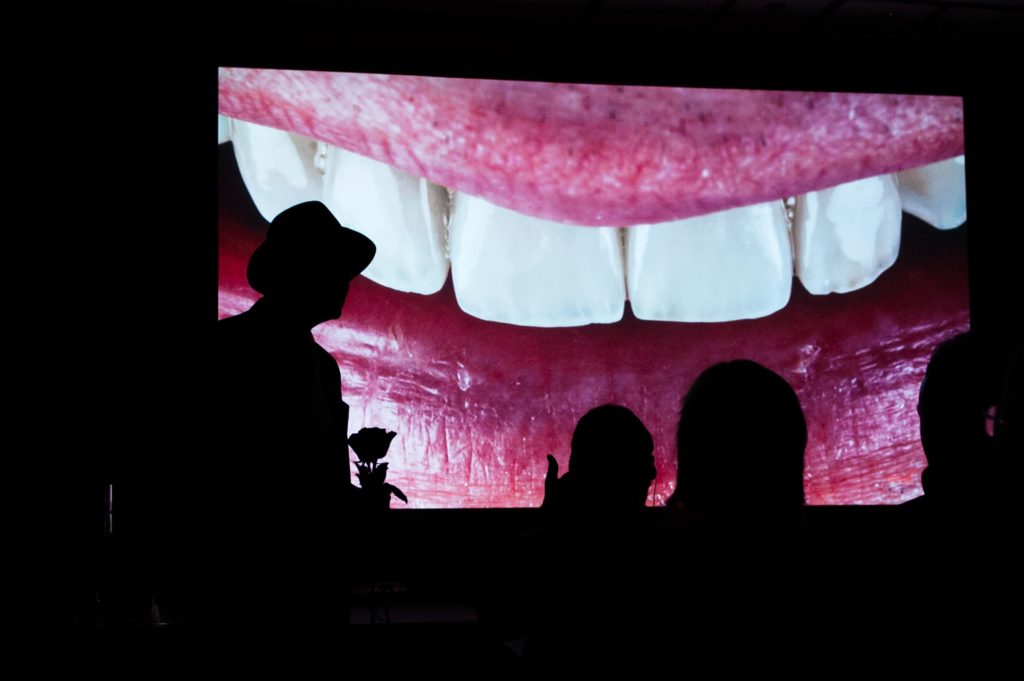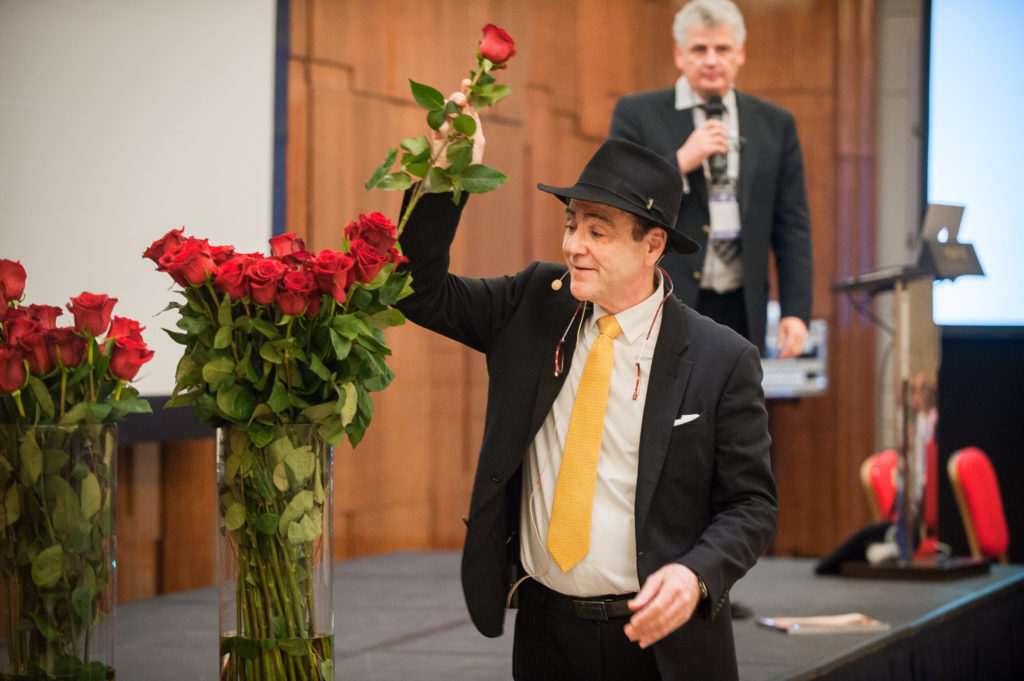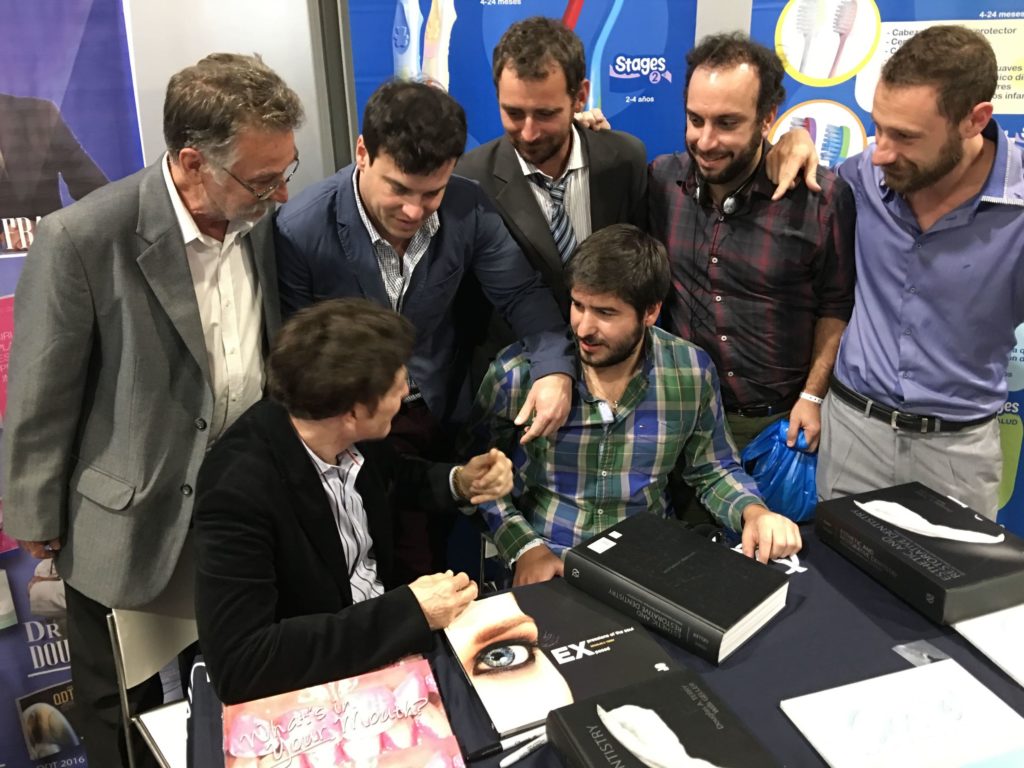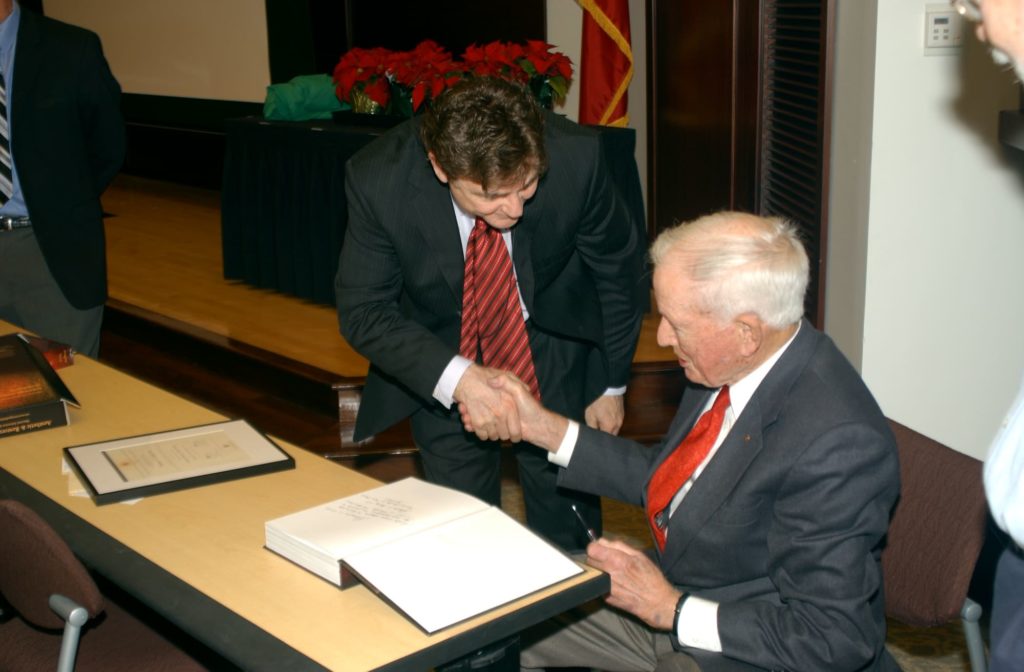Our Philosophy
Published by douglasterry on
Our Philosophy
The restorative and periodontal concepts of the past utilized mechanical approaches to restore many esthetic challenges. This non scientific “mechanistic approach” to dentistry of the past has been transformed to a biological philosophy with modern assessment and management strategies.
This redefining of the restorative concept from a mechanical to a biological approach has expanded the treatment possibilities available to the discerning patient and practitioner while providing predictable and consistent solutions to esthetic challenges.
Modern restorative dentistry has adopted a medical treatment model that provides the clinician and technician with adequate information for proper assessment and decision making in the treatment of esthetic challenges.
This allows the restorative team to individualize and evaluate all components of the process for a proper treatment strategy. This process also educates and involves the patient in treatment decisions, which results in acceptance of appropriate preventive and restorative strategies in periodontal and caries management, and improved compliance and oral health.
“Class aptent taciti sociosqu ad litora per conubia nostra, per inceptos himenaeos .Aenean non turpis vitae ligula tristique sagitt isras varius erat pulvinar eros pretium”
Modern Restorative Objectives
This new restorative and perioesthetic philosophy has three principle objectives for the treatment of the patient during their lifespan which include: prevention, preservation, and perpetuation of longevity.
The first objective is to prevent the initiation of any restorative and/or periodontal procedure through preserving the maximum integrity of the hard and soft tissue. The second goal is to preserve hard and soft tissue before or during any restorative or periodontal therapy. The third objective is to increase the longevity of any restorative or periodontal treatment by increasing the interval of time between performed procedures.
These objectives should be incorporated into the diagnosis and treatment stages for any restorative and periodontal therapy. And the patient should be informed of this treatment philosophy and allowed to adopt this concept (accept or reject) before finalization of the treatment plan.

Prevention
Prevention begins with assessment and management of disease processes. Detection, diagnosis, and treatment planning become components of a comprehensive treatment strategy. Keys to treatment now include identifying and assessing a patient’s risk factors for dental disease while applying one’s understanding to properly diagnose and treat this individual. Factors to consider for management of a disease process include the patient’s age, oral hygiene habits and status, salivary and microbiological conditions, dietary habits, fluoride exposure, behavioral conditions, prior dental treatment, and family history. Controlling and preventing risk-related disorders in the oral cavity can begin with counseling the patient and family members about the etiology of disease process and then a selection of the following:
- Eliminating causes of disease (i.e., via prophylactic care) for at-risk patients.
- Initiating preventative measures such as dietary instructions and modifications.
- Oral hygiene instructions and plaque control.
- Application of fluoride treatments, Ca and Phosphate applications and/or desensitizing dentrifices,
- Application of antioxidants for soft tissue management.
- Sealing with dentin adhesives.
- Application of preventative resins and glass ionomer pit and fissure sealants.
- Providing early restorative intervention in situations where delayed treatment would result in additional restorative care.
Using modern assessment and management principles for restorative therapy (i.e., periodontal and/or operative procedures) can reduce, control and or eliminate the disease processes. Supportive periodontal management is an ongoing modality that allows the clinician to modulate the disease process through control in order to achieve stability and the conditions for long-term management.
Non-invasive and minimal invasive operative procedures can limit the size of the preparation and thus retain areas of demineralized dentin and enamel that can heal through remineralization. These contemporary restorative procedures include remineralization, sealants (resin, glass ionomer pit and fissure sealants), and preventative resin restorations.
Modern adhesive restorative materials and techniques have provided clinicians with more conservative treatment avenues that preserve tooth structure while improving the longevity and esthetics of the tooth and restoration. Furthermore, research is being directed toward restorative materials that are bioactive and capable of arresting caries, eliminating disease while regenerating hard and soft tissue.
Perpetuation
The most important of the restorative objectives is to perpetuate the longevity of the dentition, restorations and extend the length of time between replacements of any restoration or further surgical procedures.
This requires the results of the first two objectives. Patient motivation and oral hygiene performance contribute to a healthy dentition and supporting periodontium that can result in a longer lasting dentition and restorations.
Conservative procedures in restorative treatment can also extend the lifespan of the dentition and restorations. In addition, utilization of meticulous adhesive protocol, finishing procedures and maintaining an optimal occlusal scheme is necessary for increasing the longevity of the natural dentition and supporting restorations while improving natural esthetics.

This reversal in philosophy has had a major impact on restorative and perio-esthetic dentistry, modern treatment methods, and the predictability of the restorative and esthetic results. The integration of these three objectives during the diagnosis, treatment planning, and reconstructive phases of therapy can consistently provide optimal results while improving long-term prognosis. Many esthetic challenges require the integration of various disciplines during therapy. The interdisciplinary approach improves communication and management of the patient between the individual disciplines and consistently provides optimal treatment.
However, integrating these restorative objectives into the assessment and decision making phase of treatment is only part of the restorative solution. An equally important aspect requires the involvement of the patient in this process through education, motivation, and convincing the patient to adopt this philosophy for their future oral health.
The patient has to become part of the restorative solution for increased longevity of the natural dentition, supporting alveolar and soft tissues structures and the restoration. This process will not only ensure success by increasing the longevity of the dentition, but will enhance the durability of the restorations while promoting patient satisfaction throughout their lifetime.
